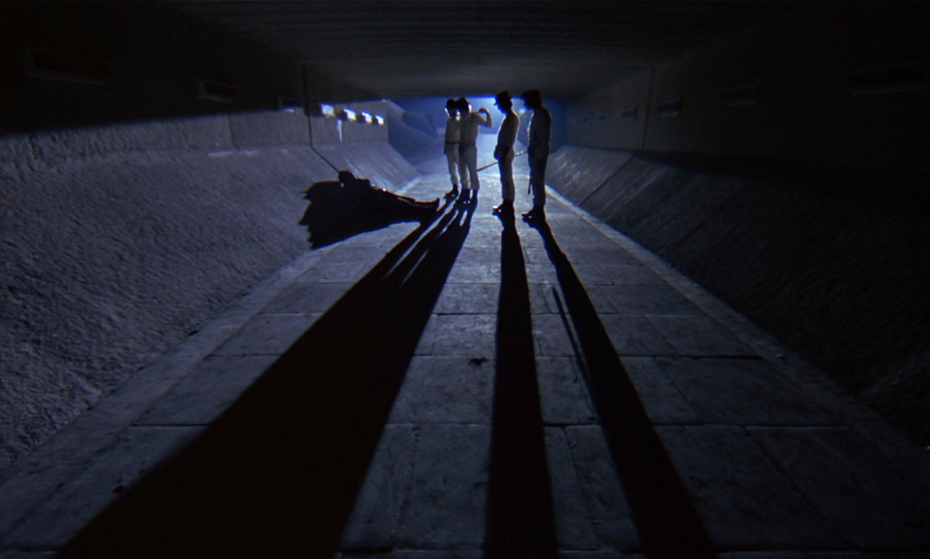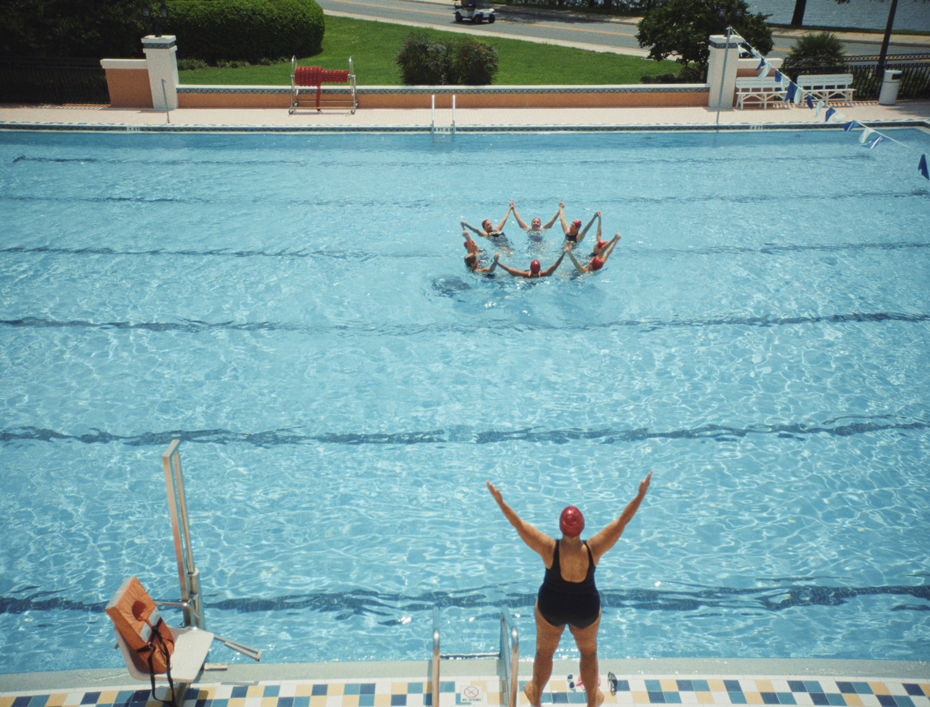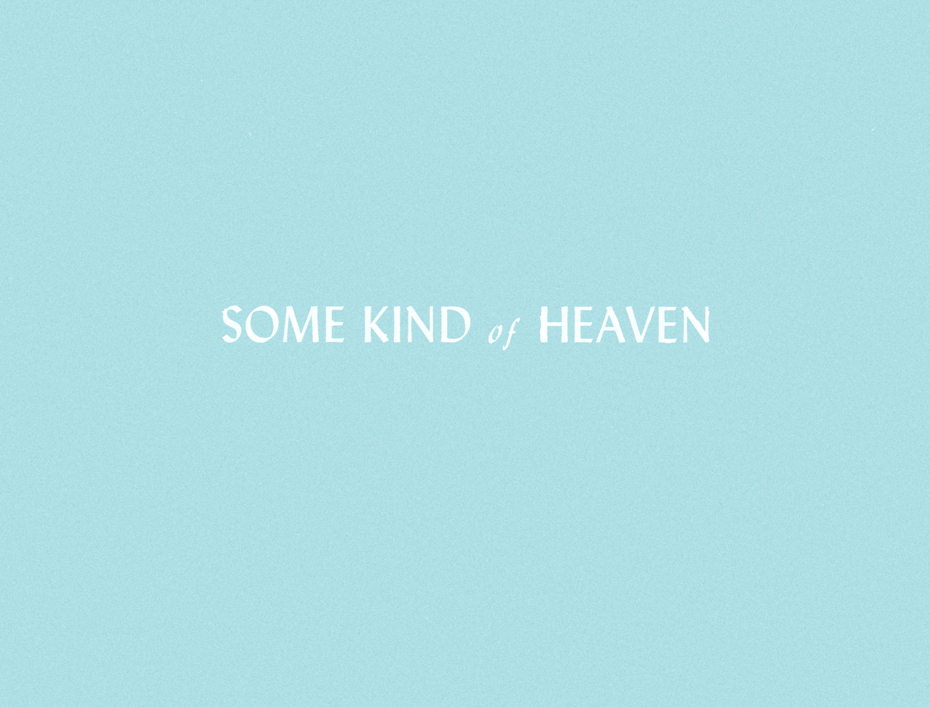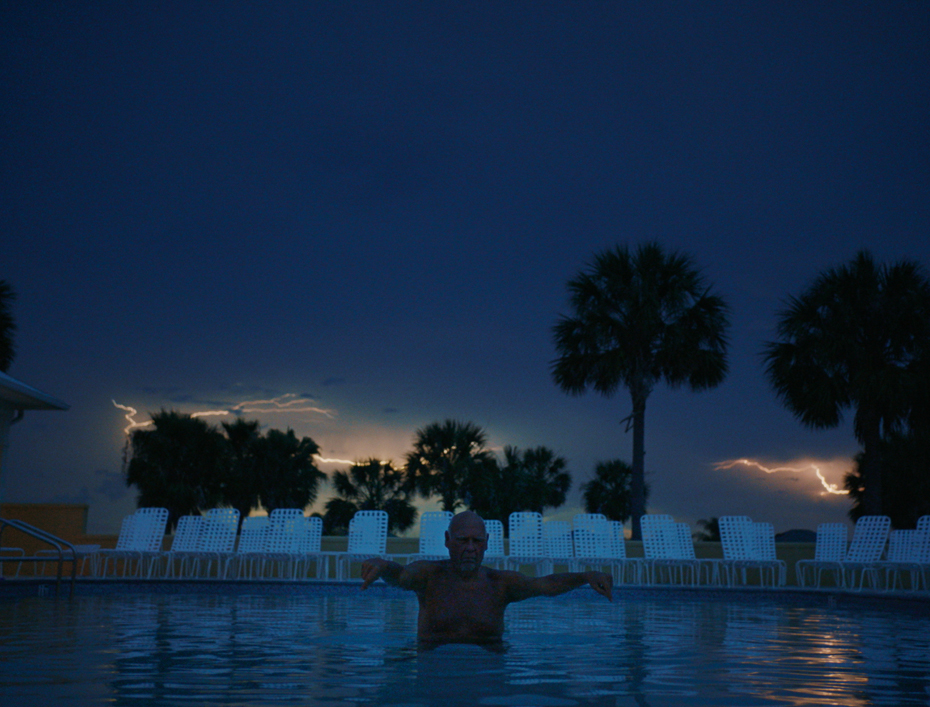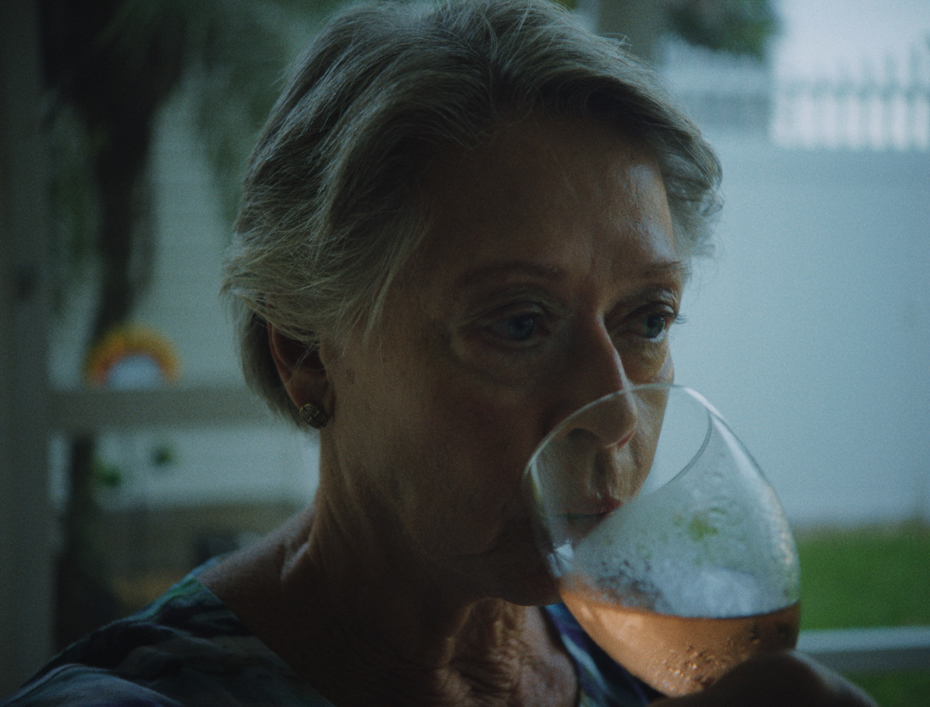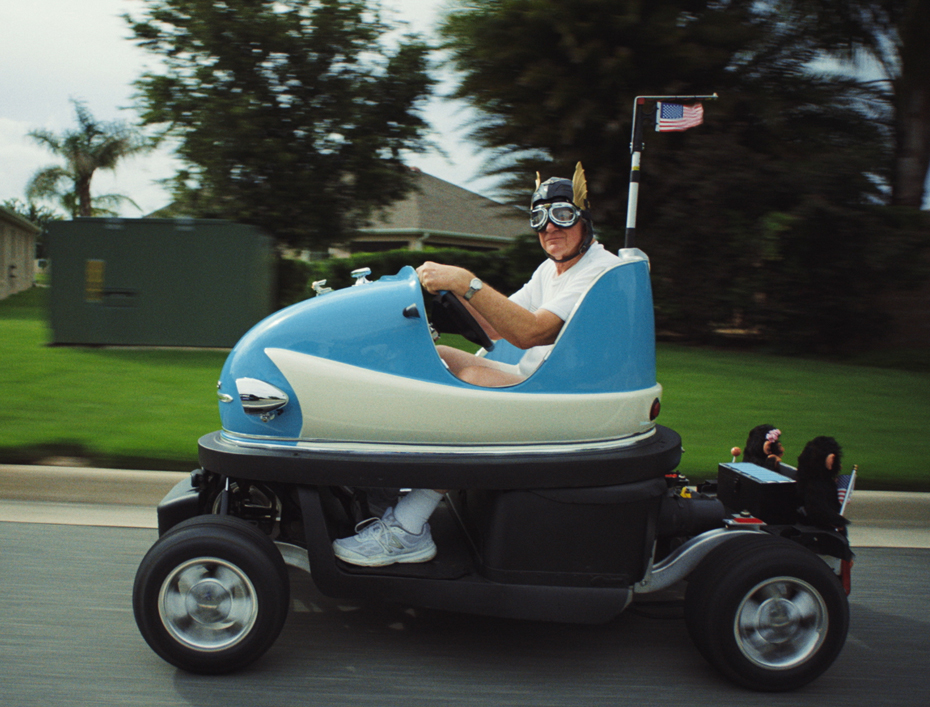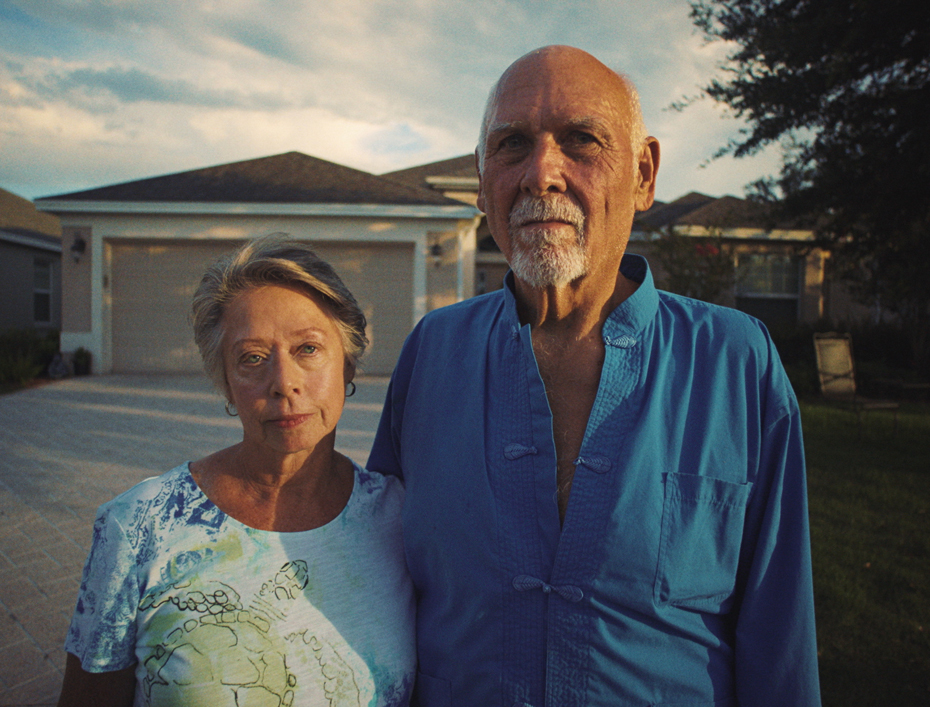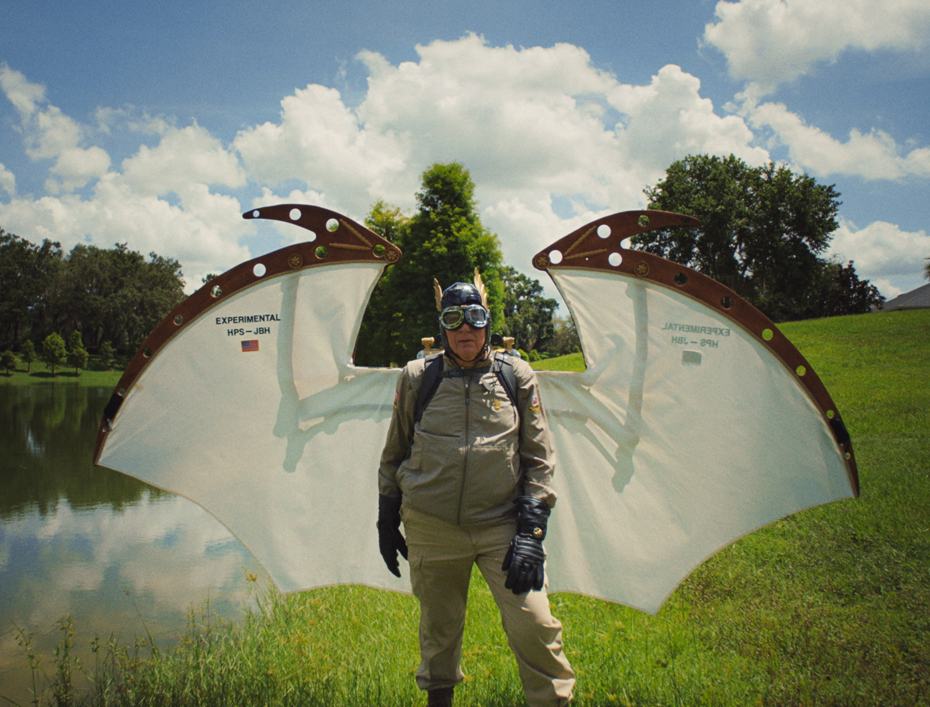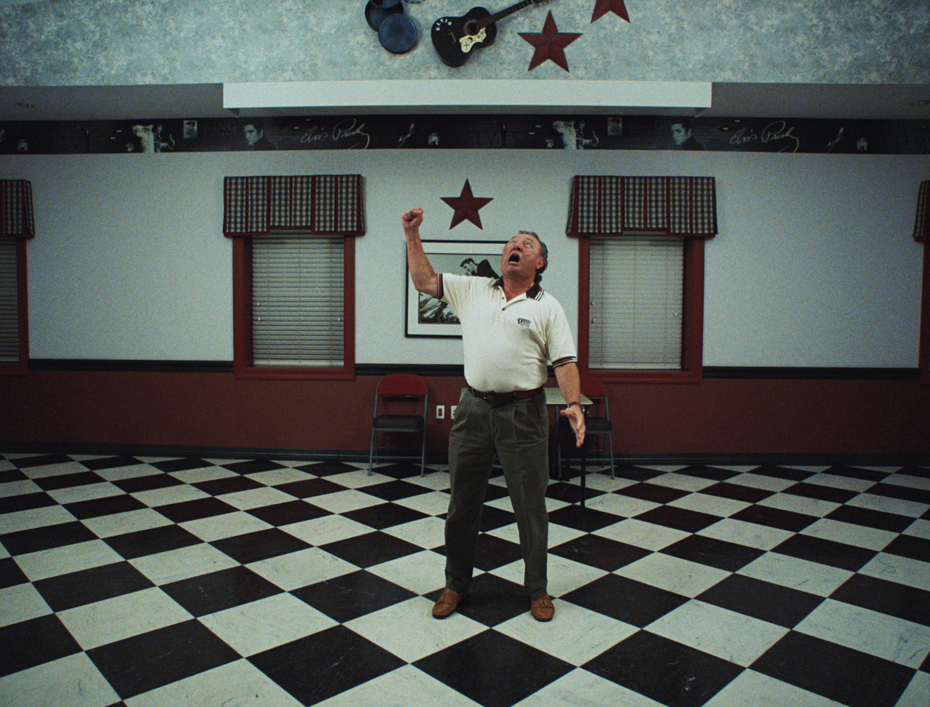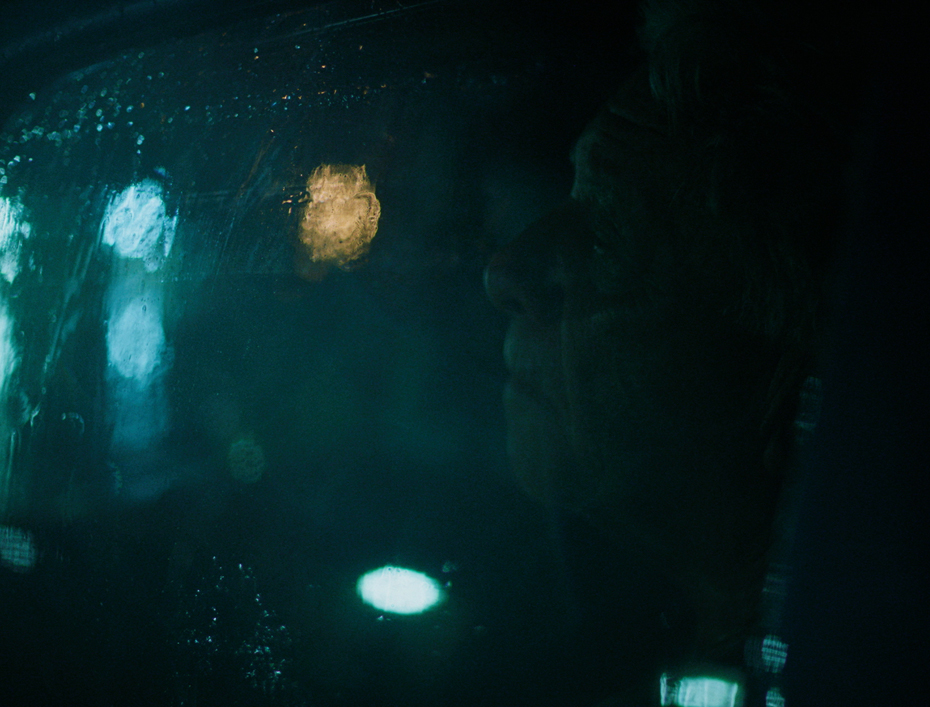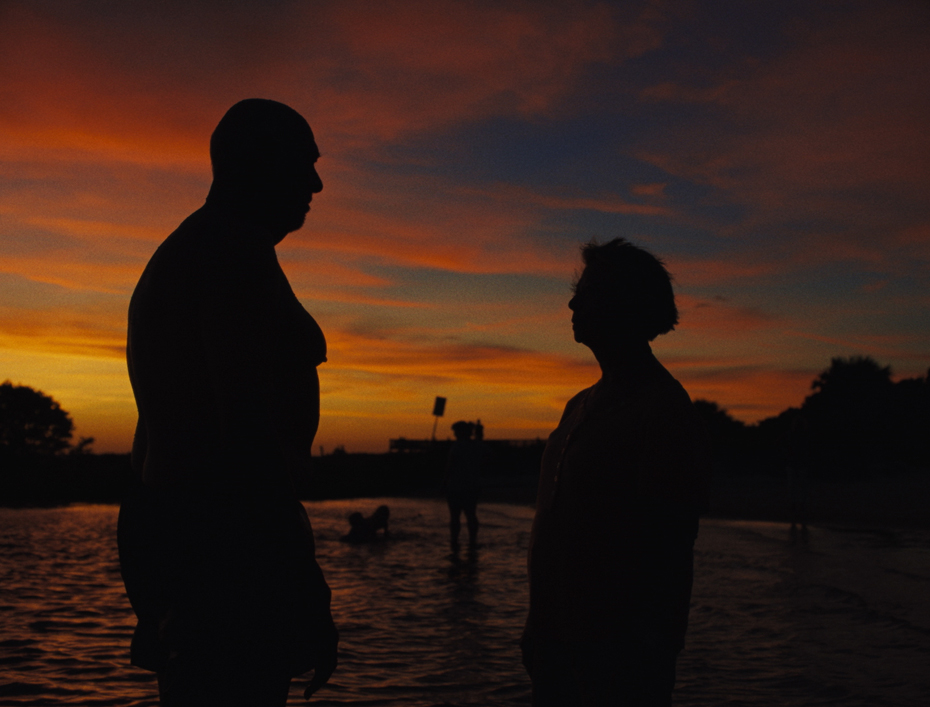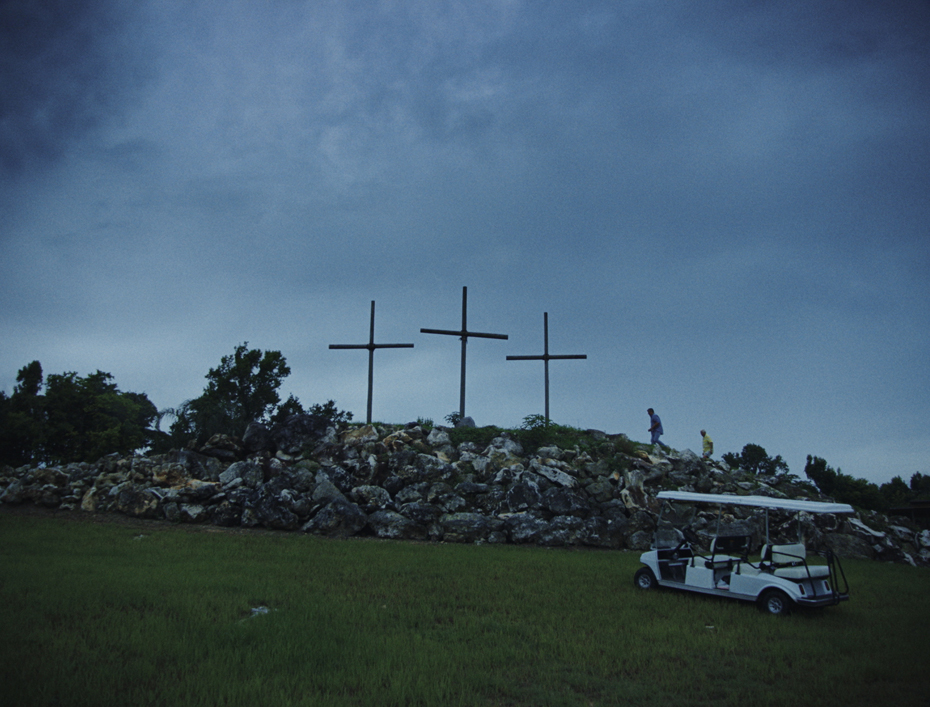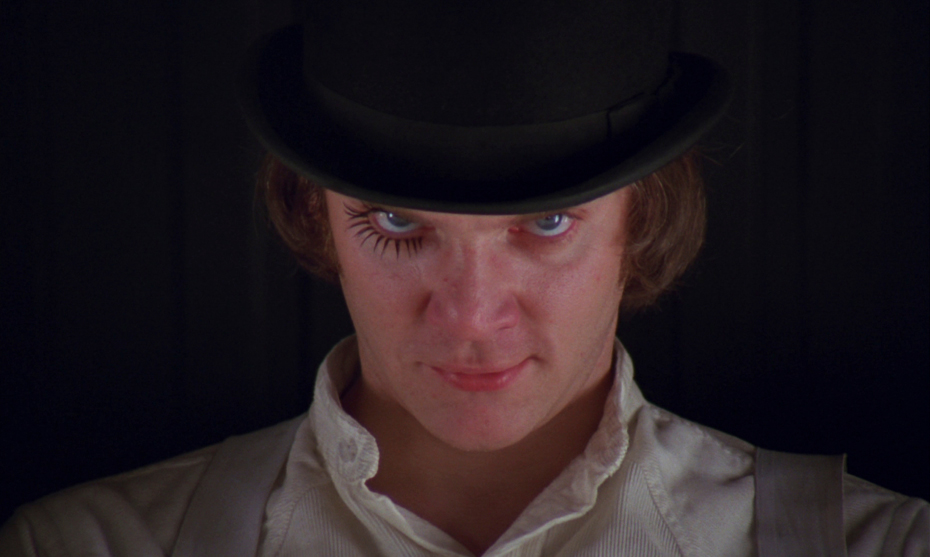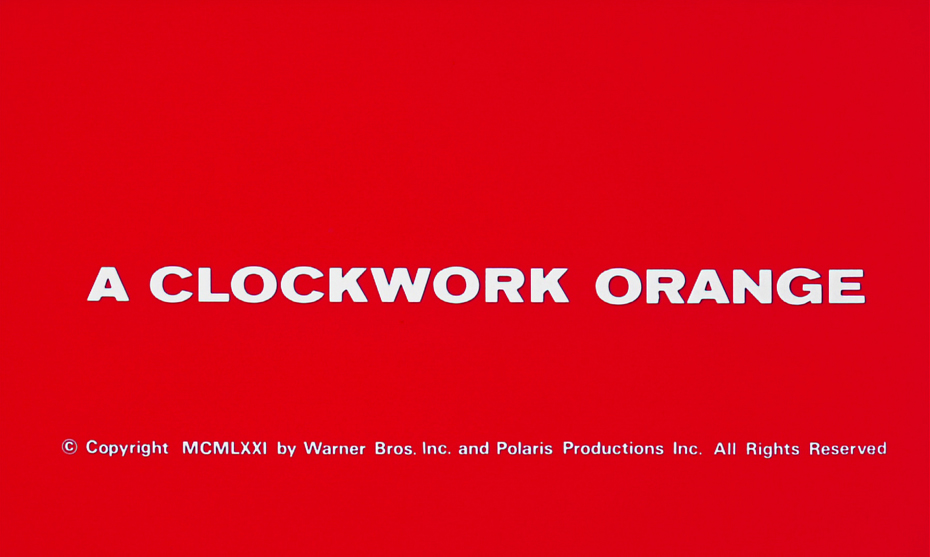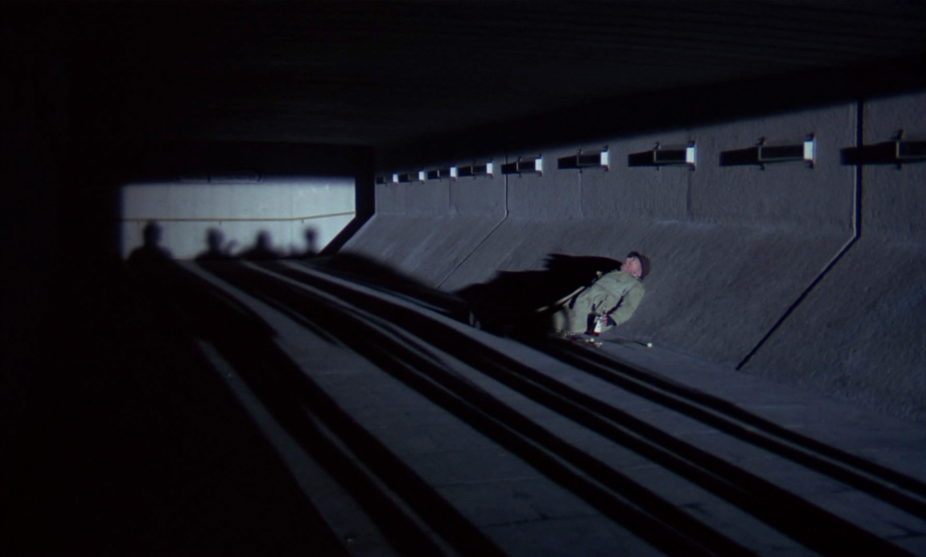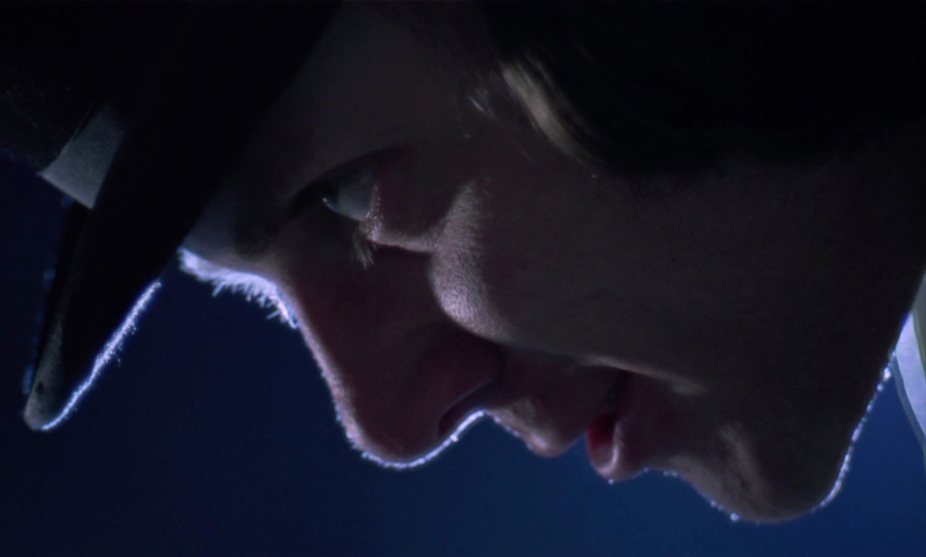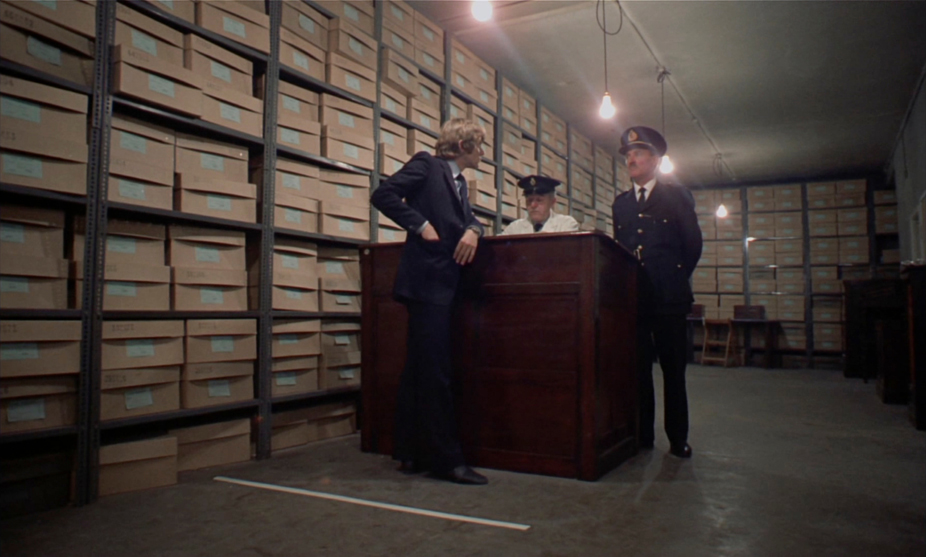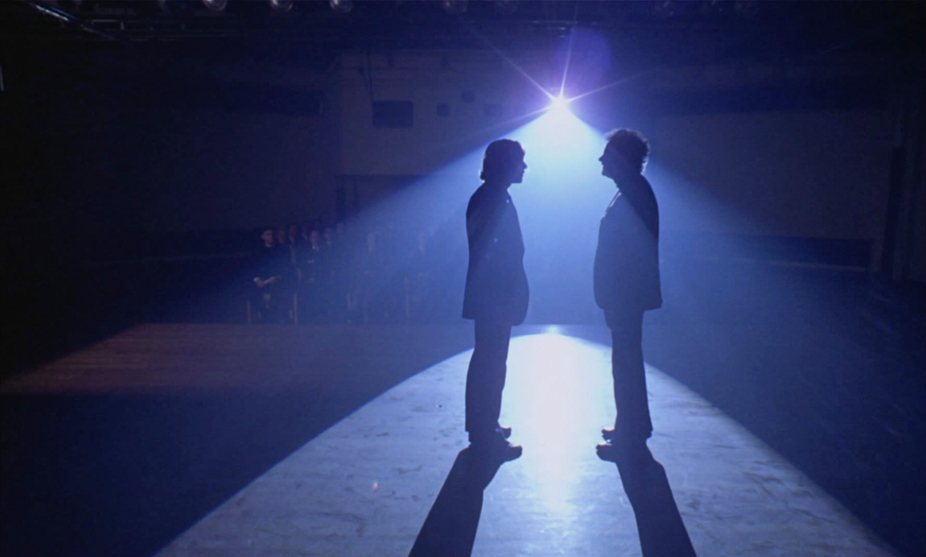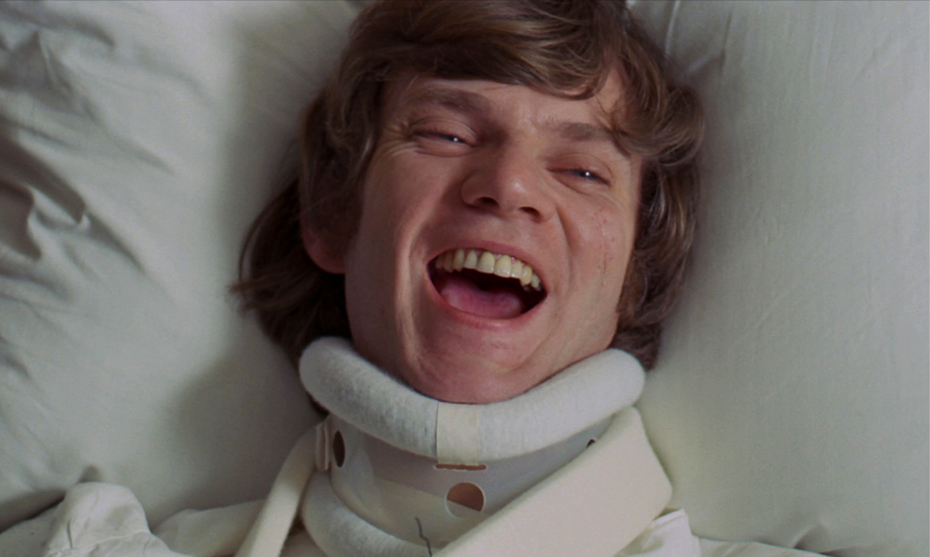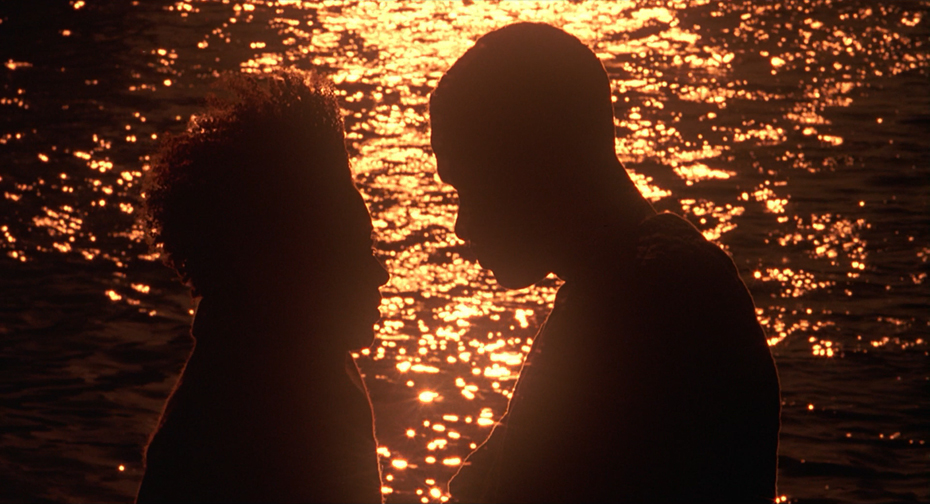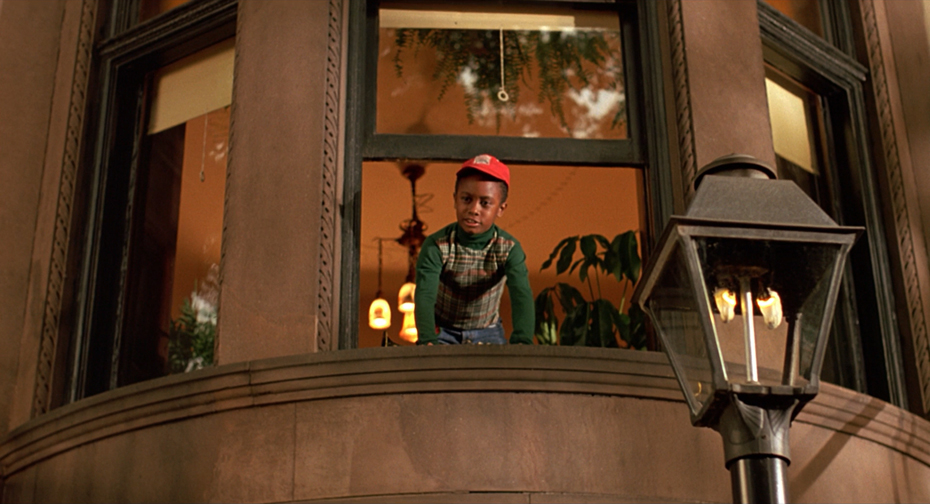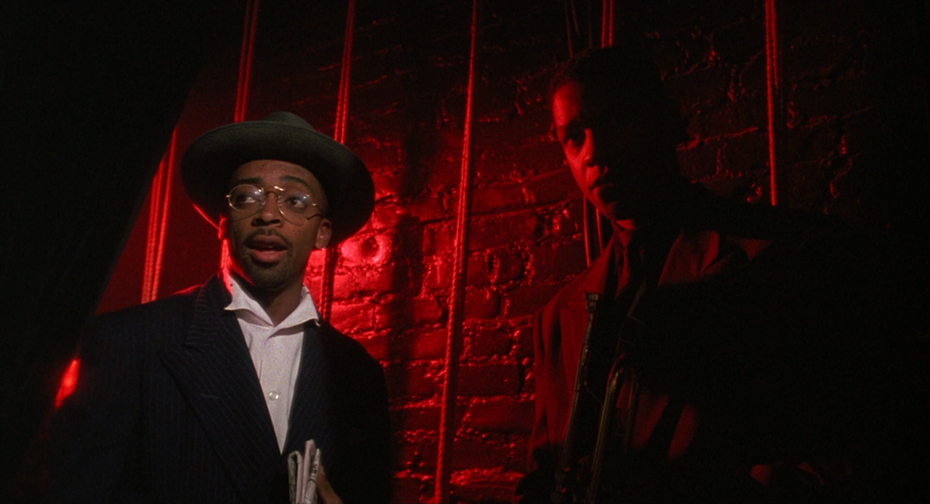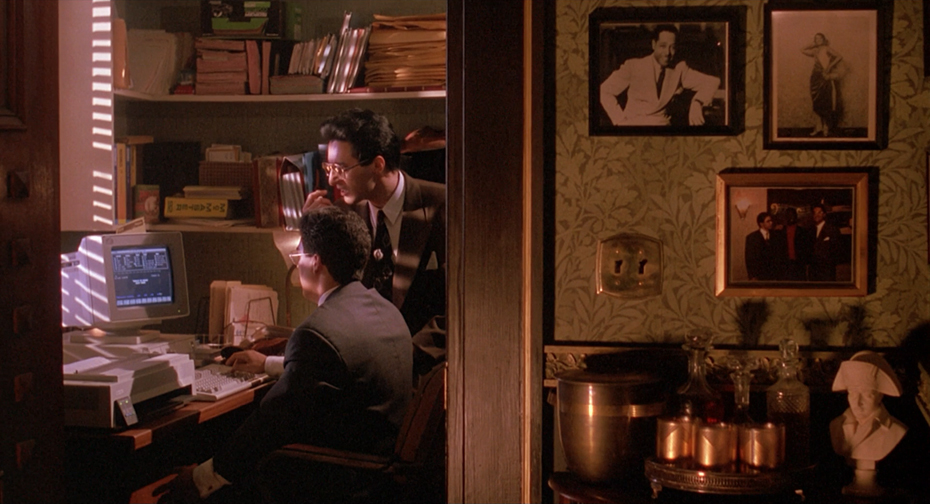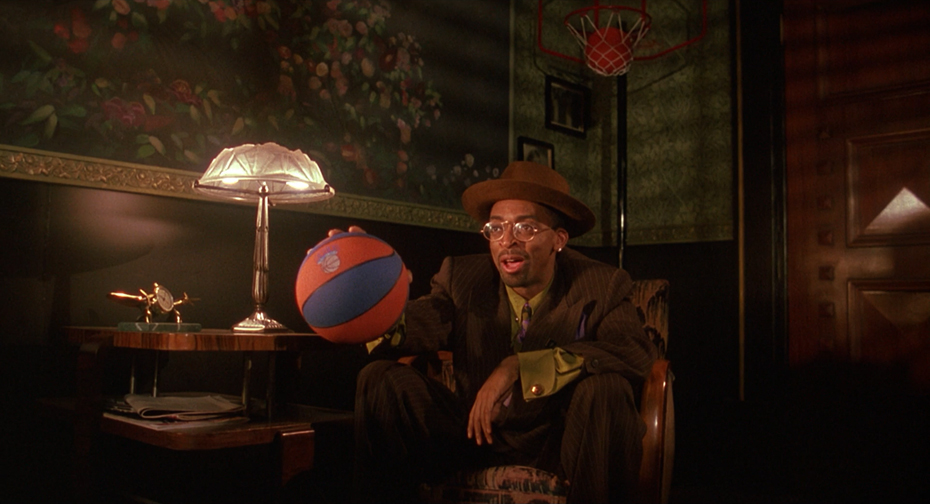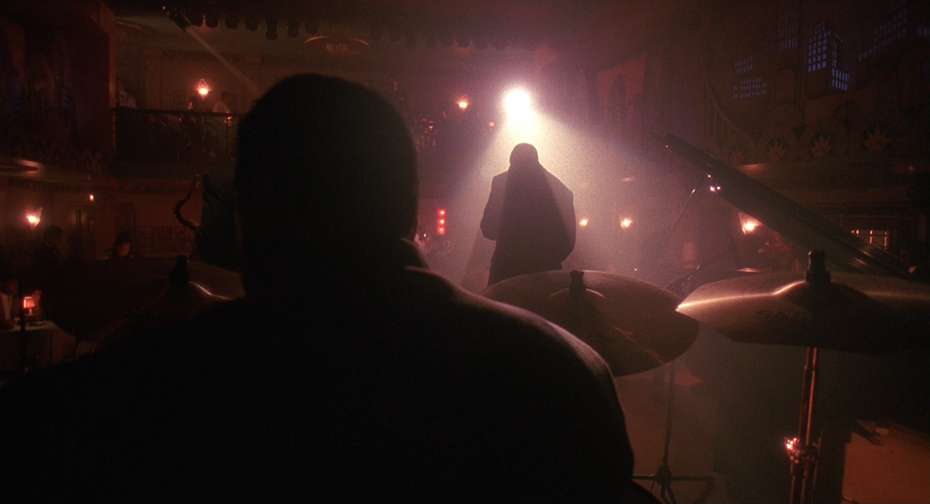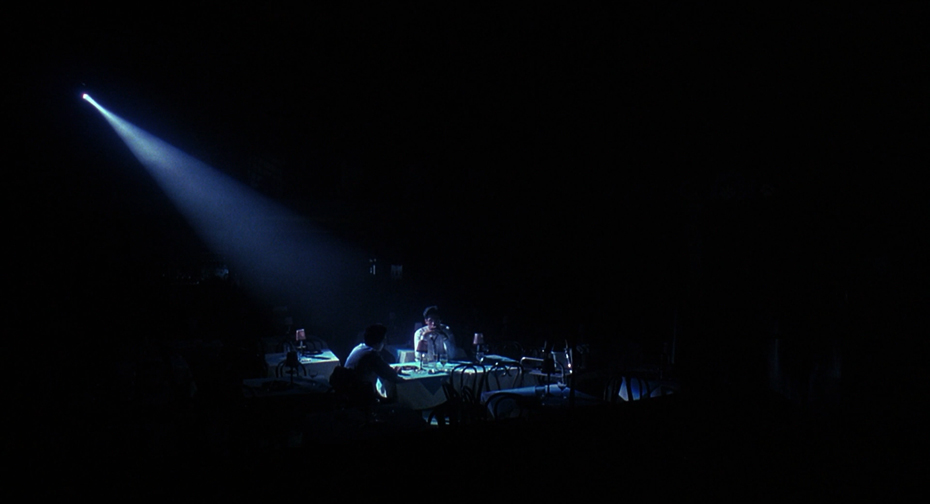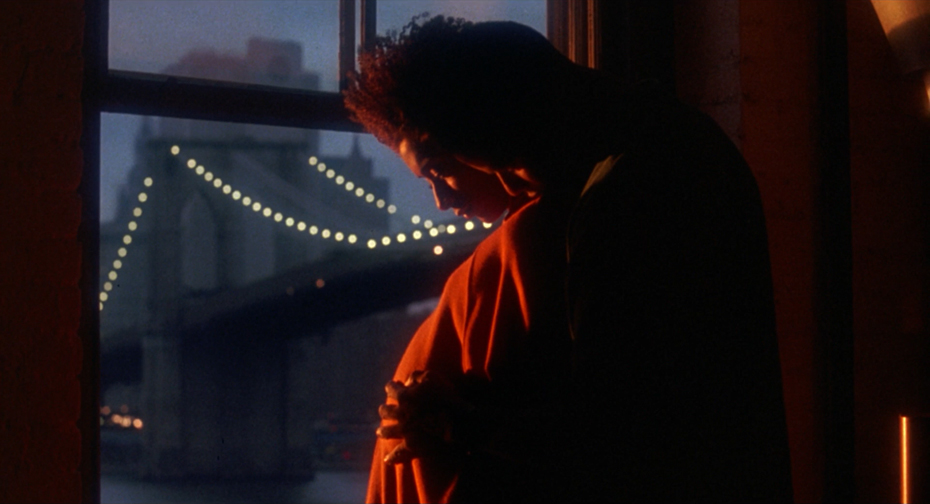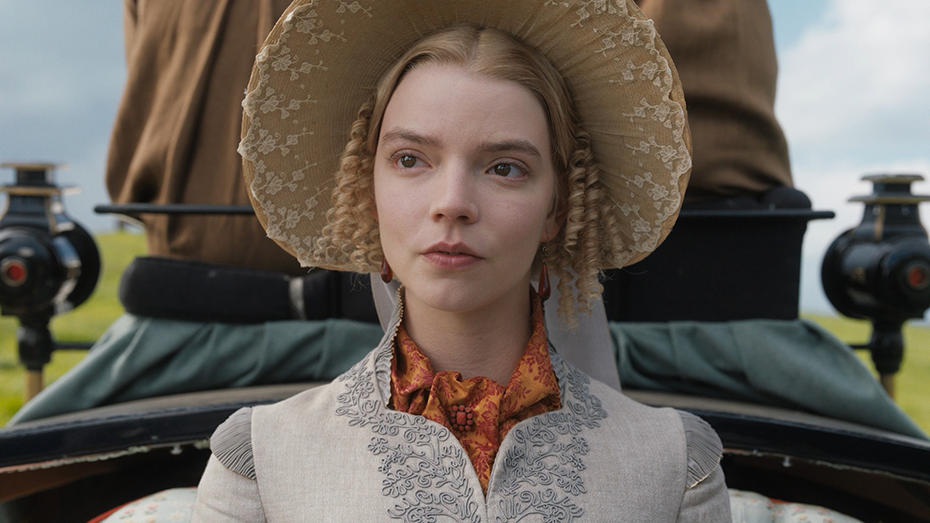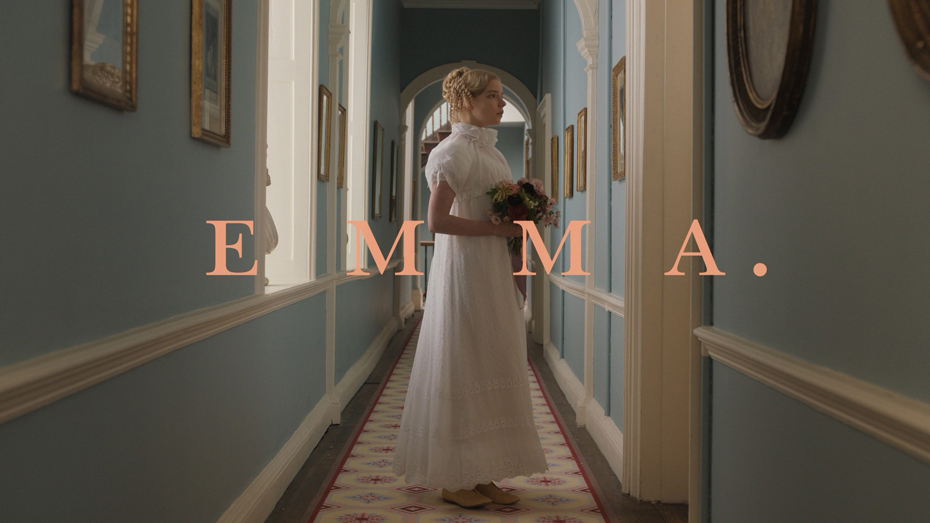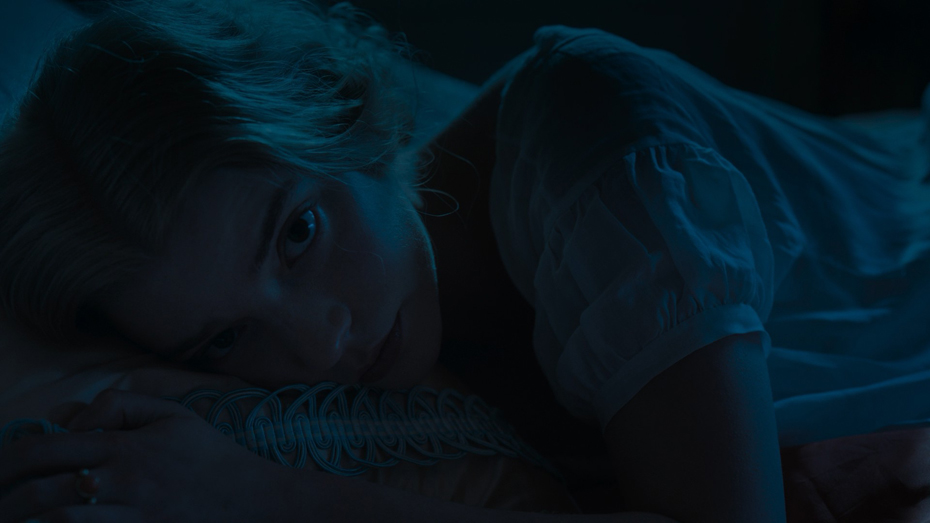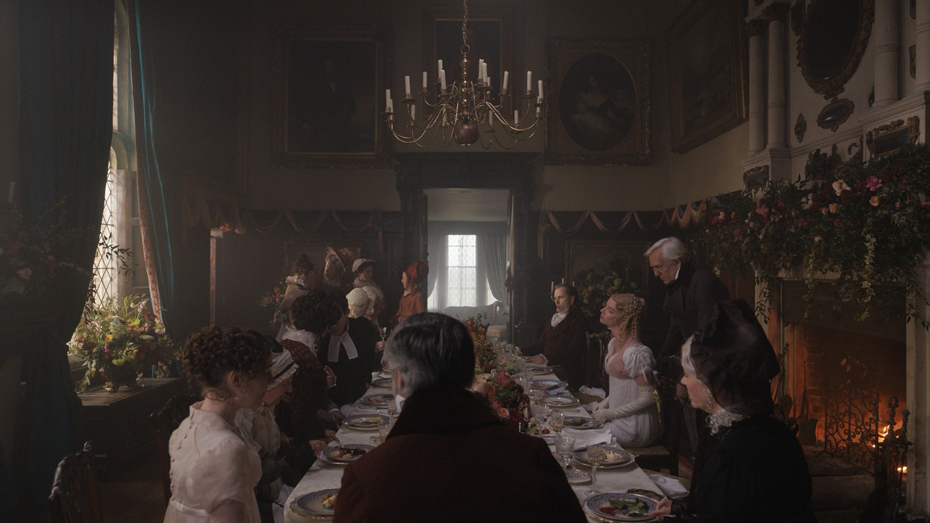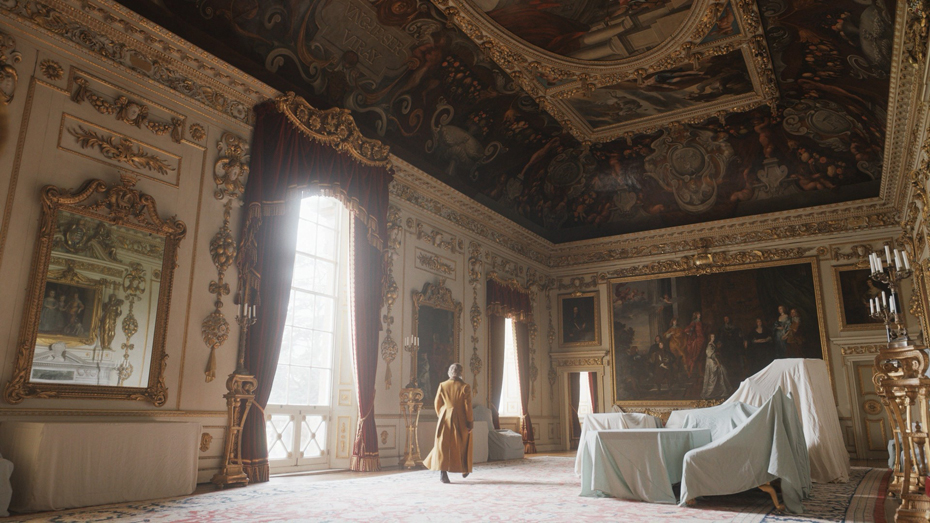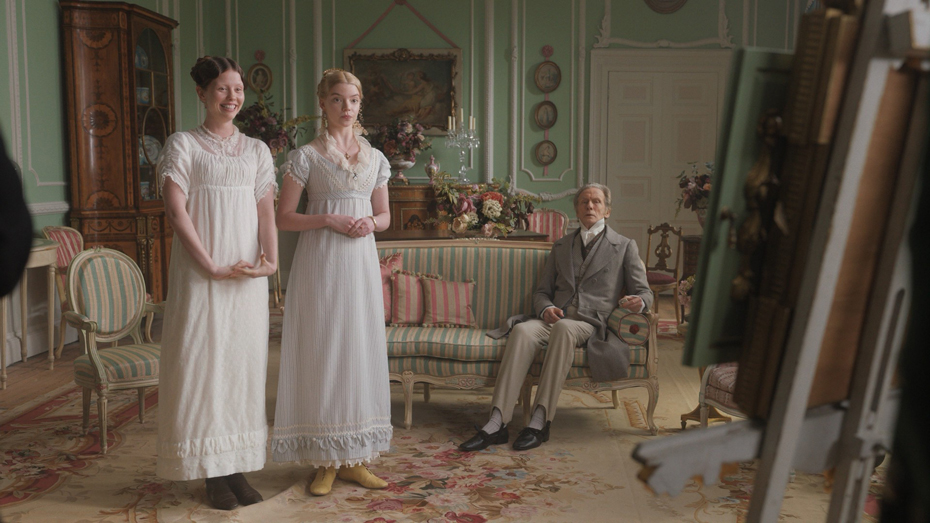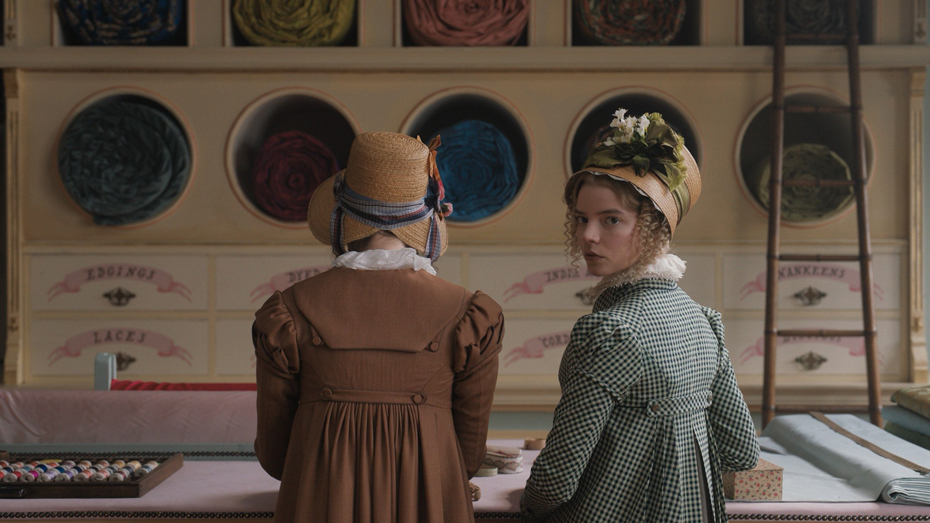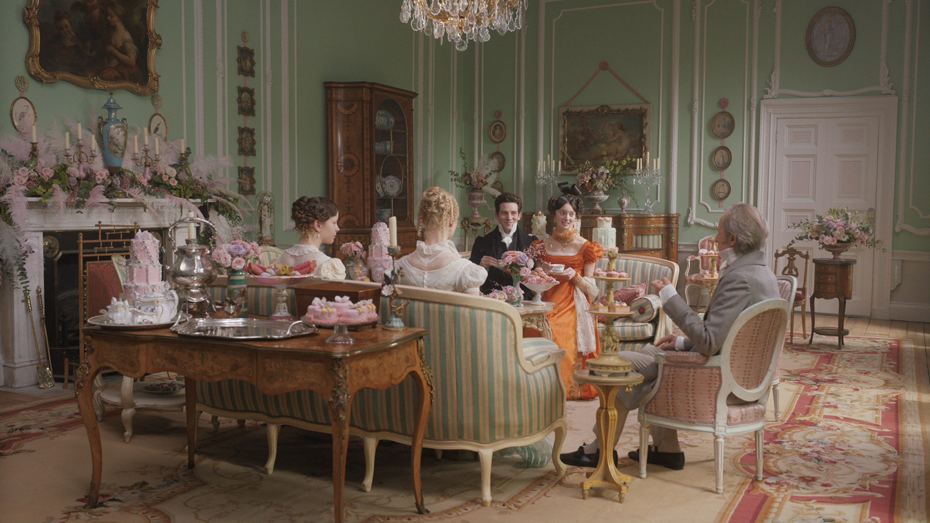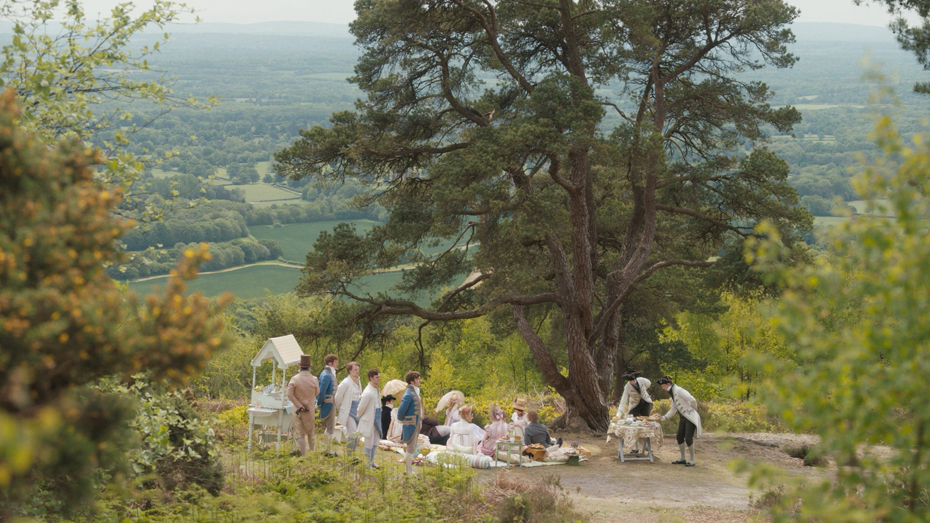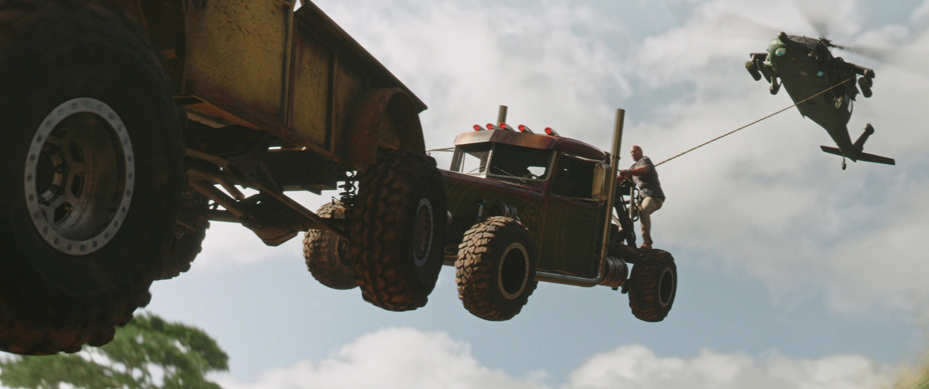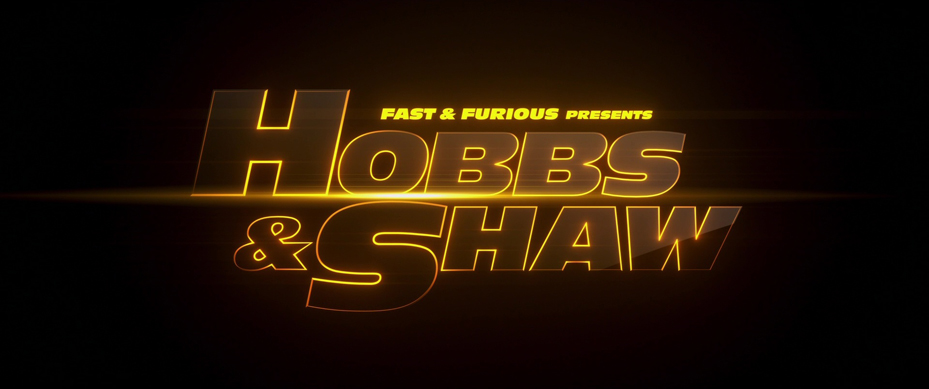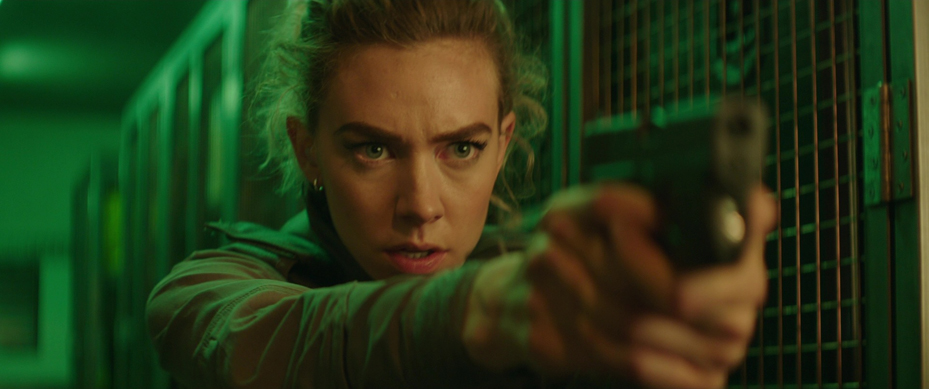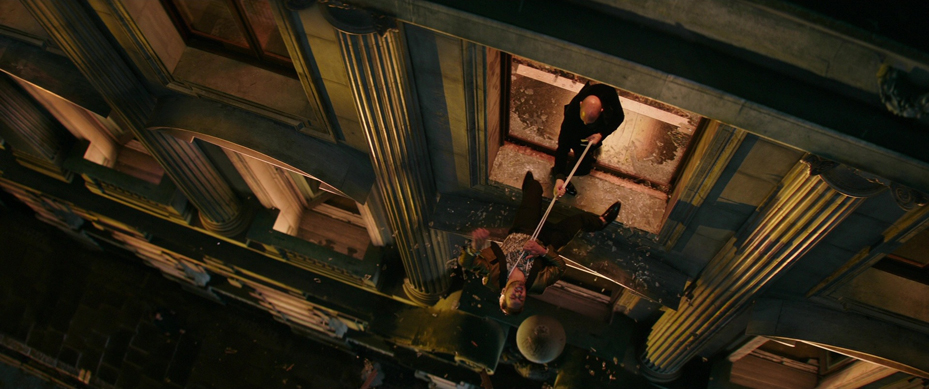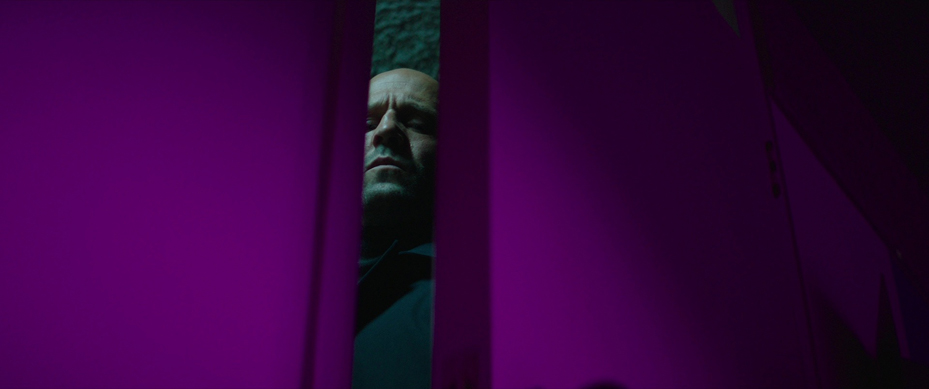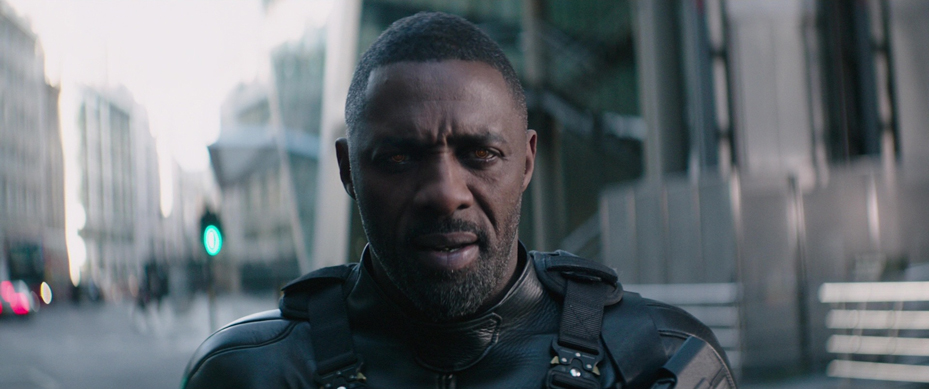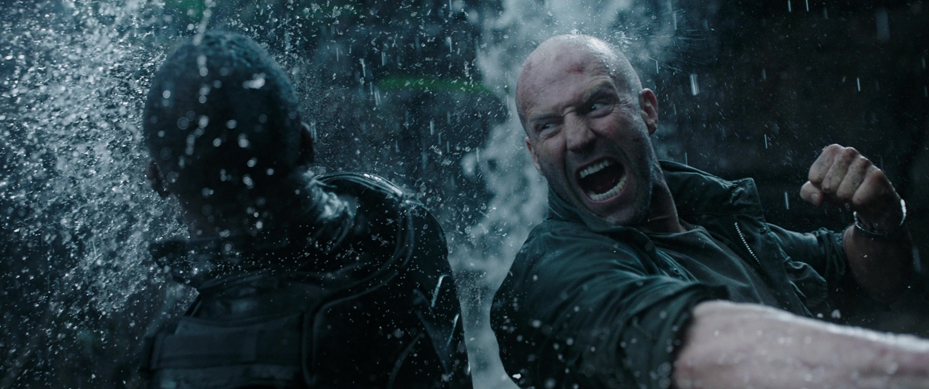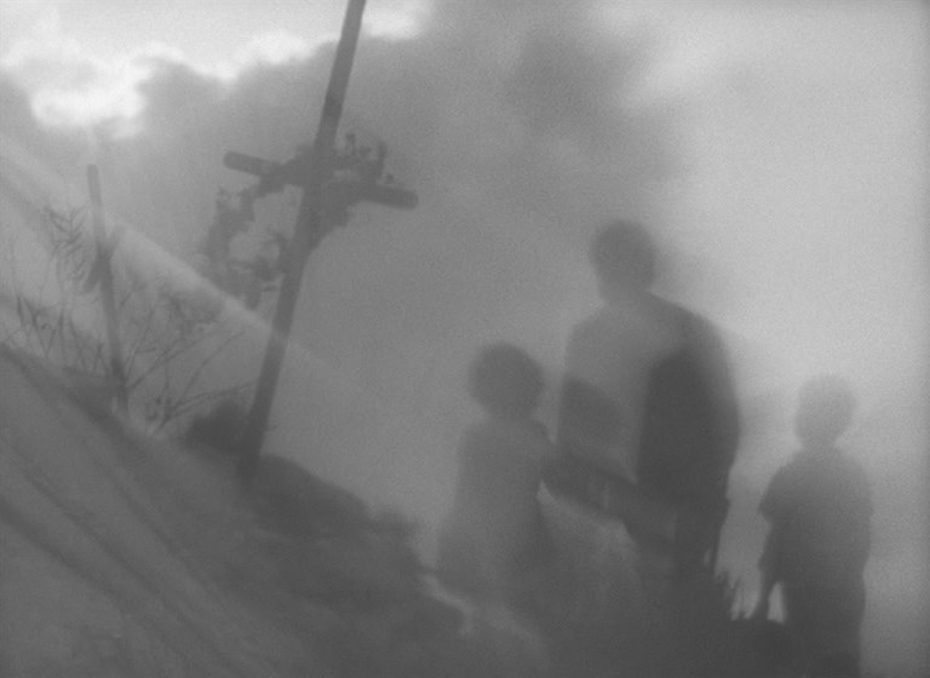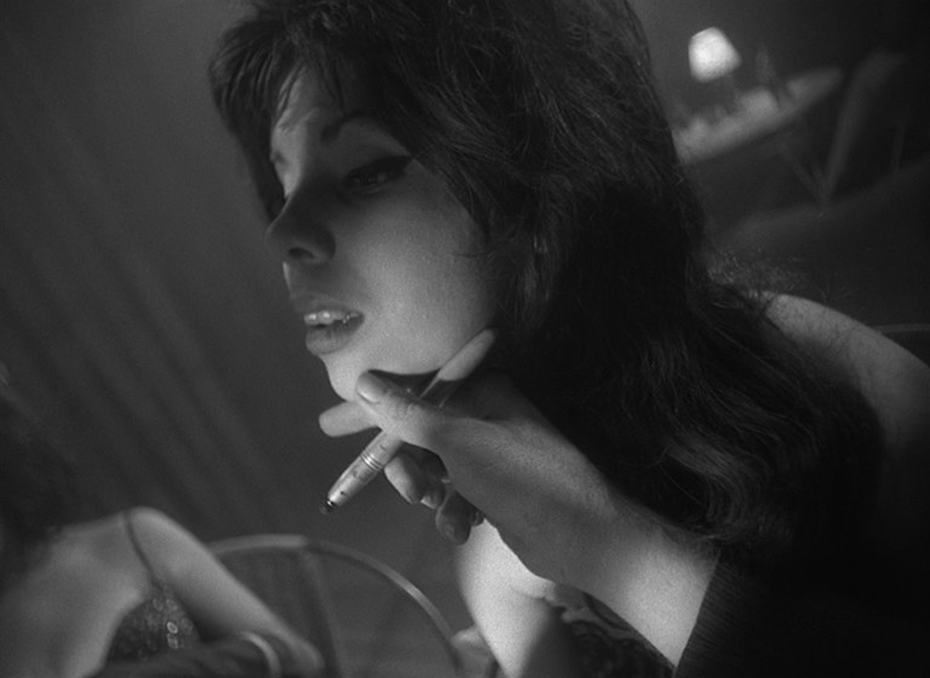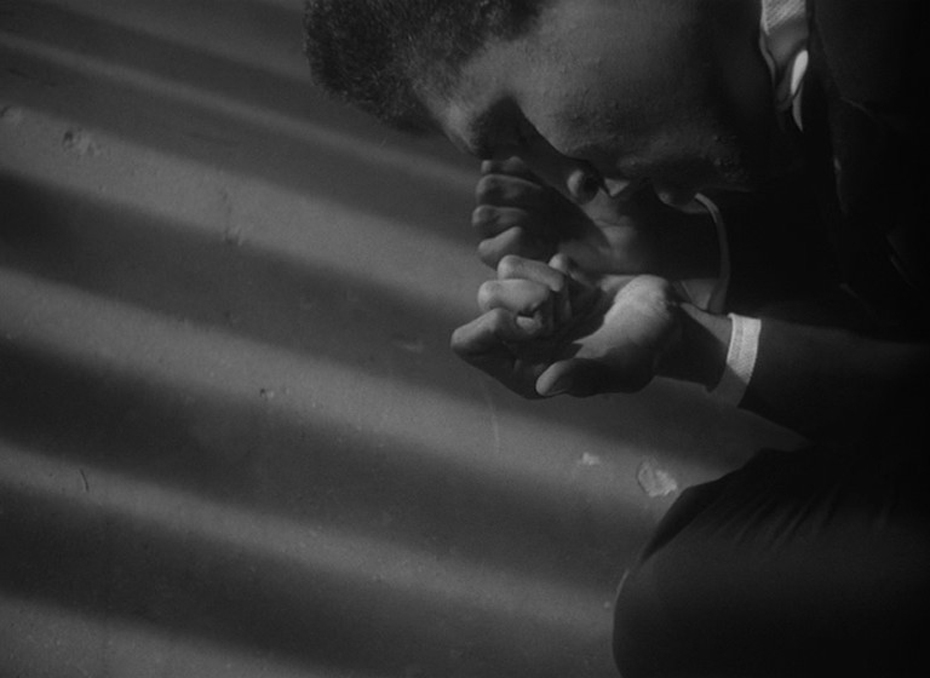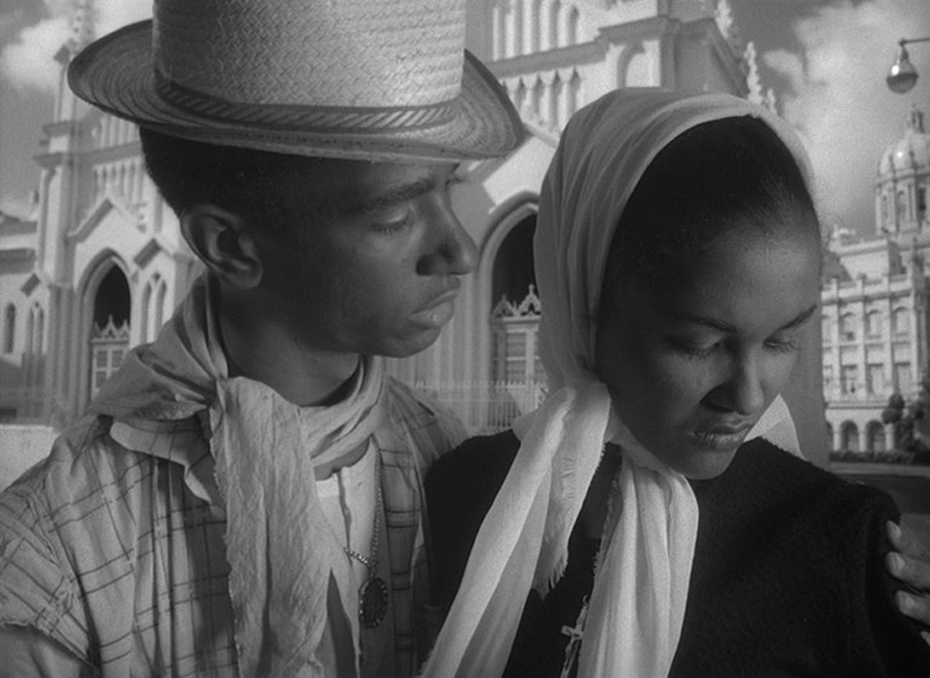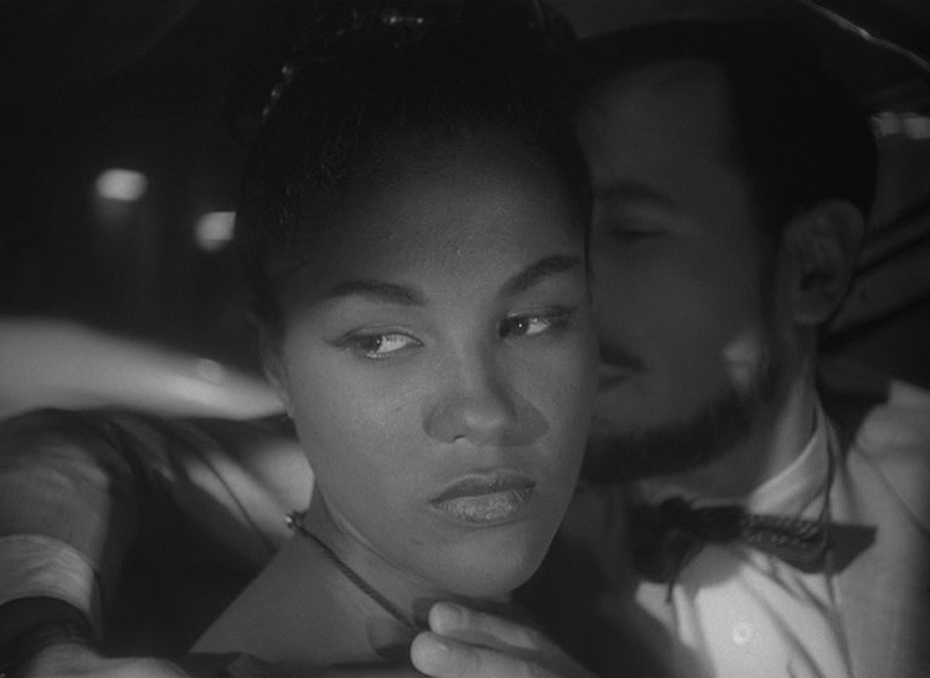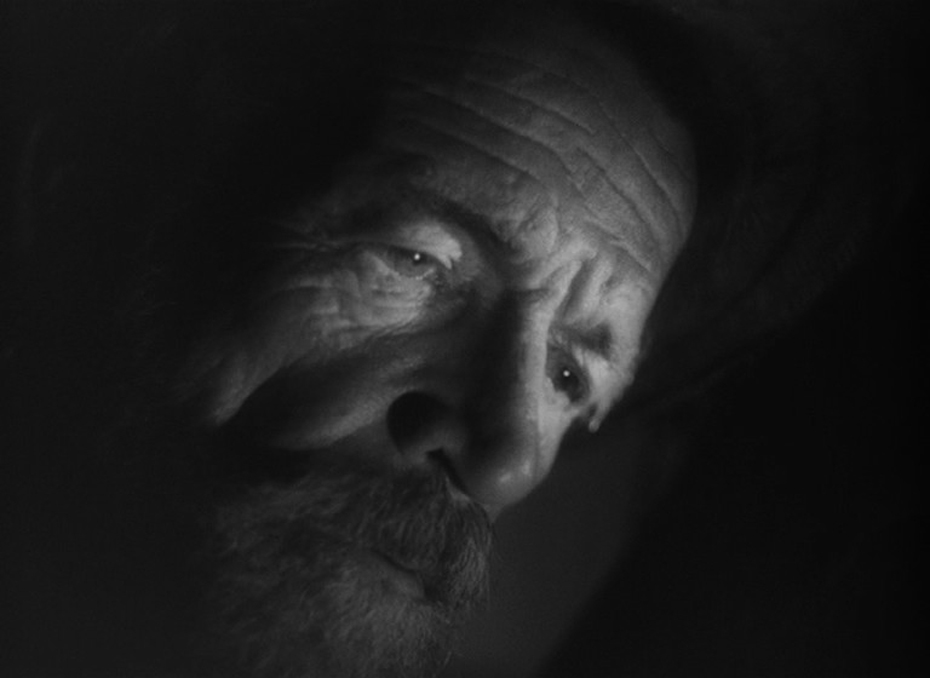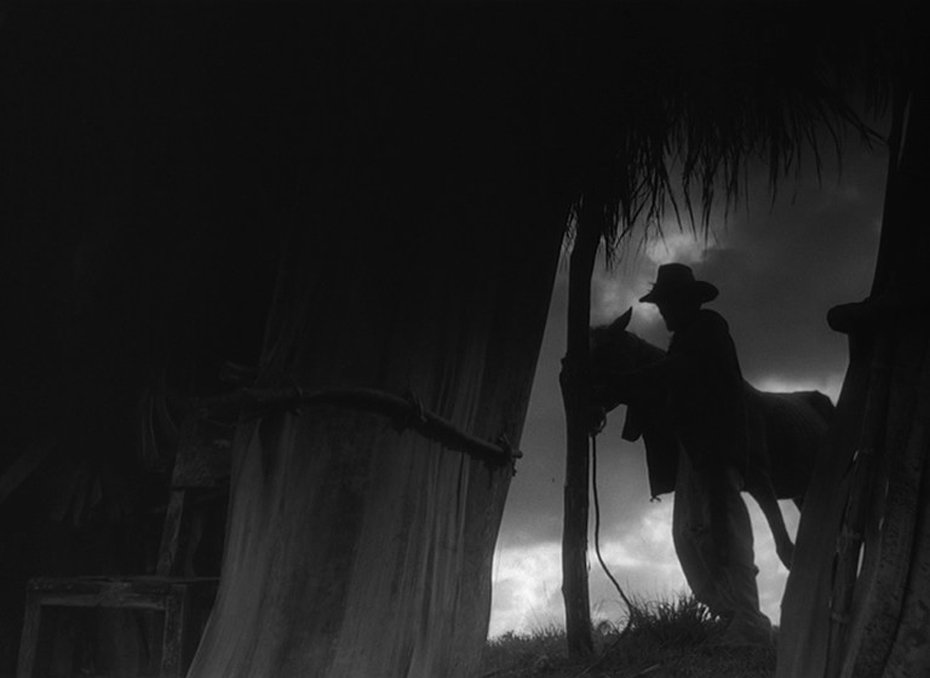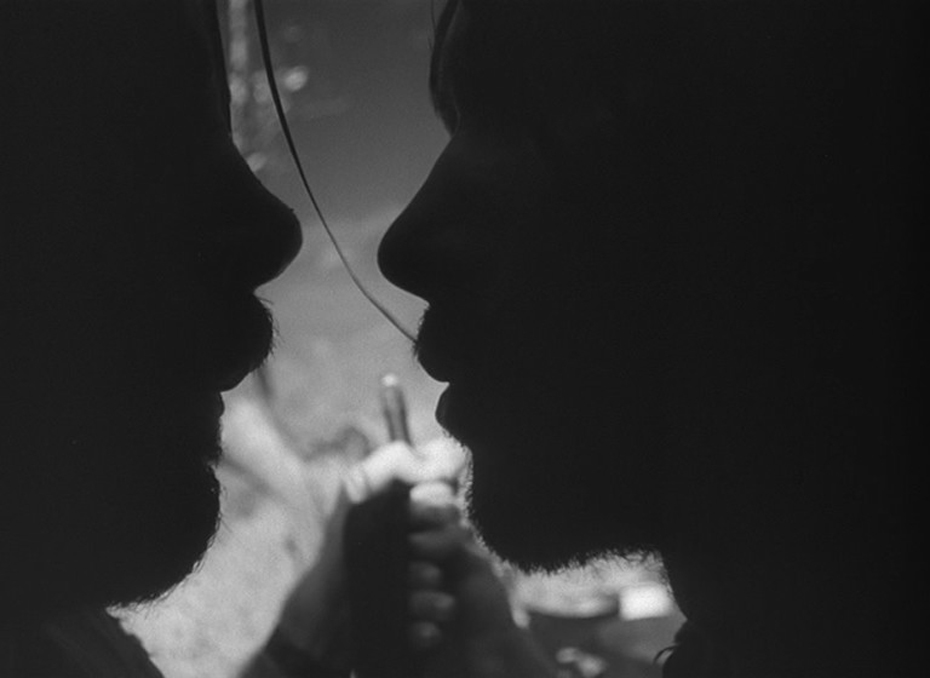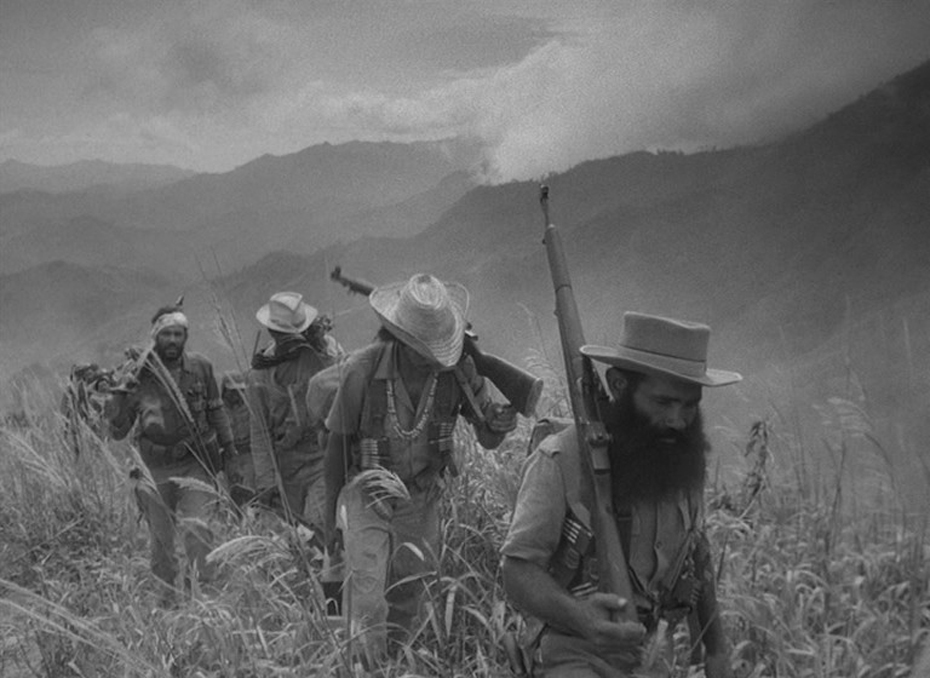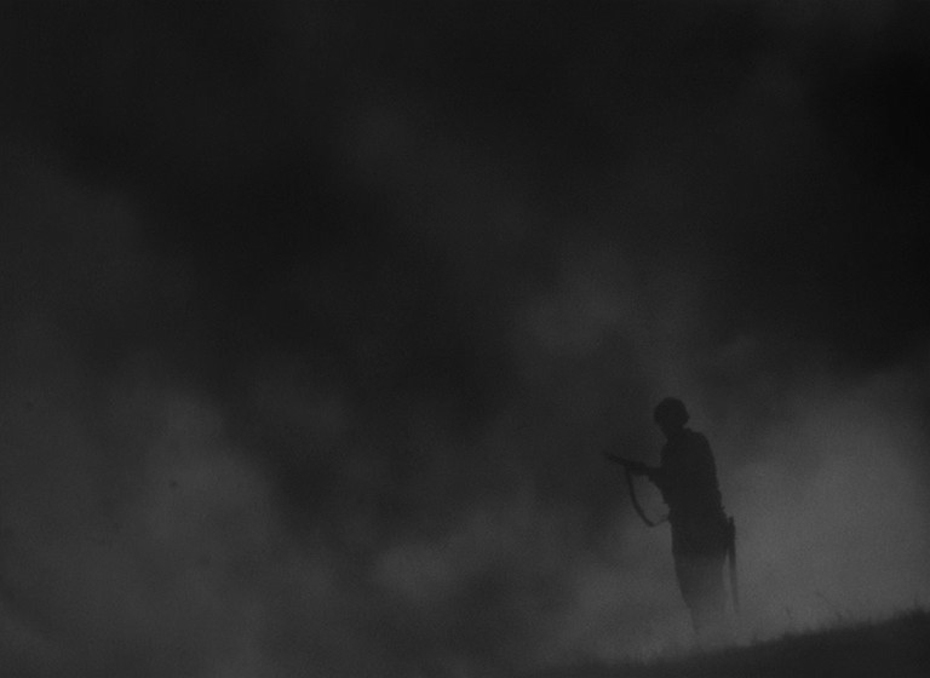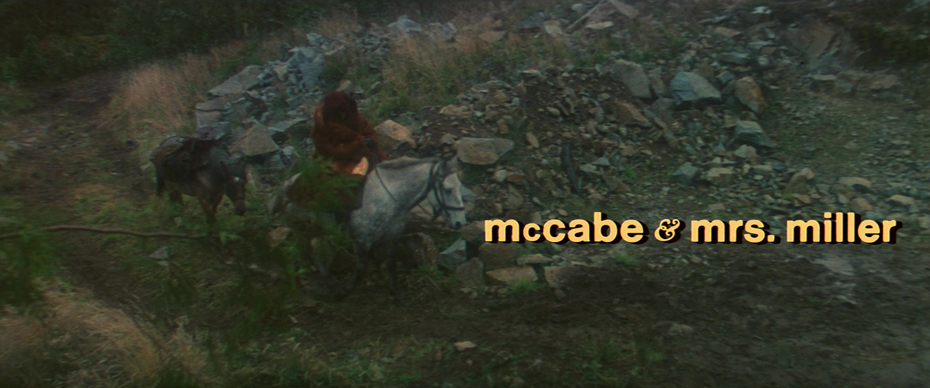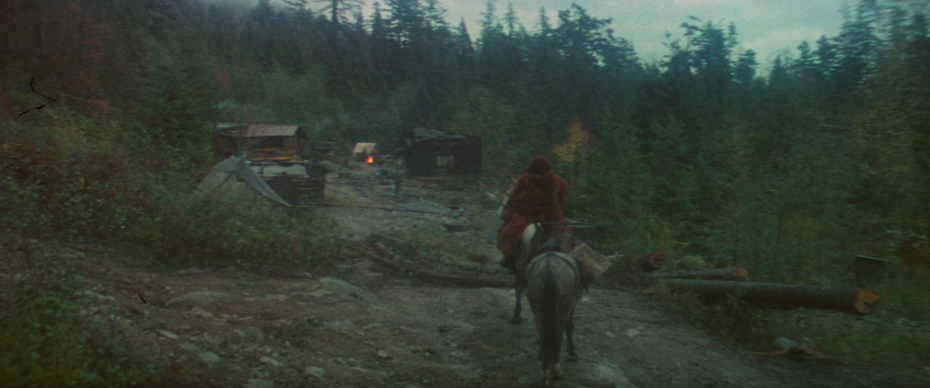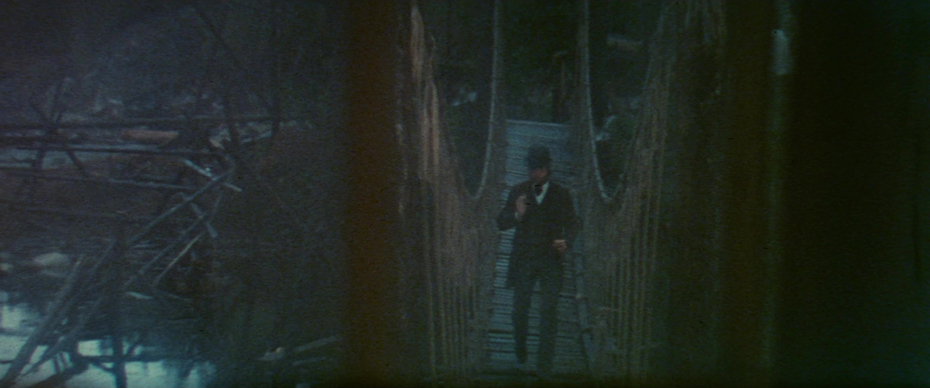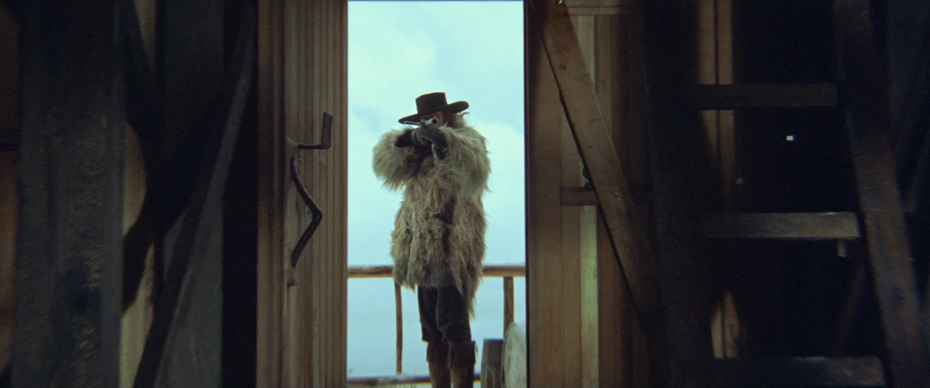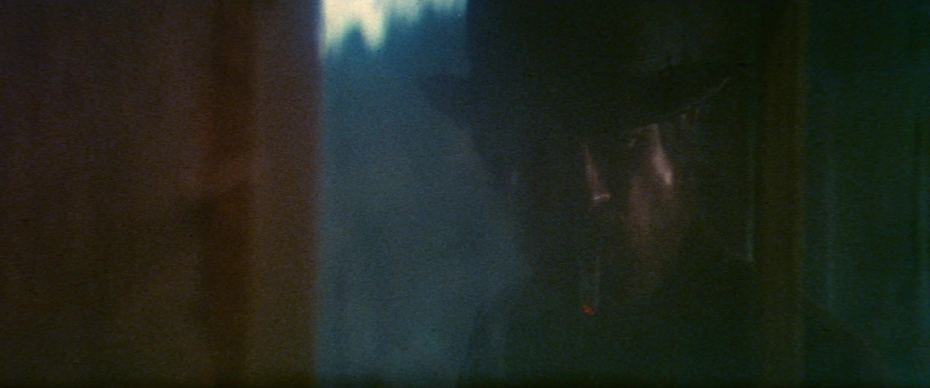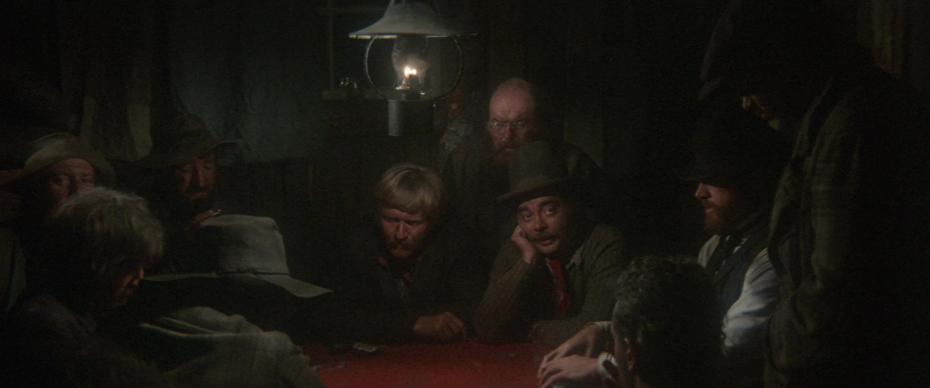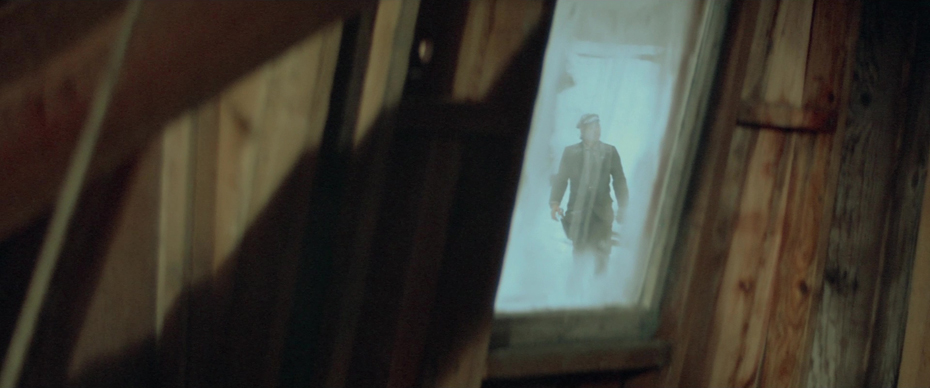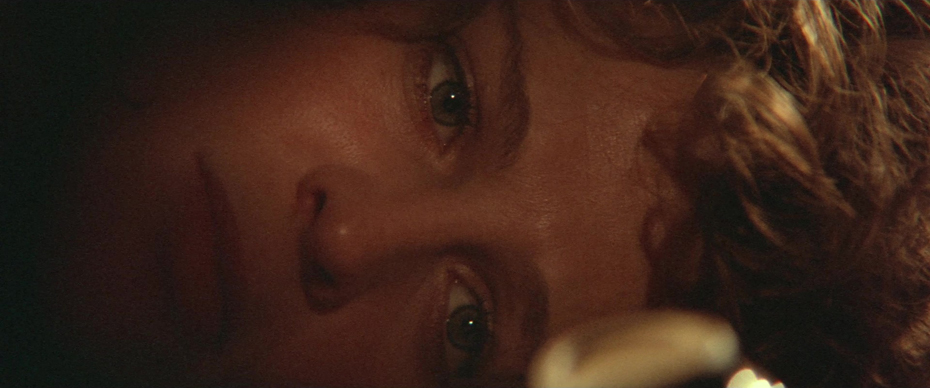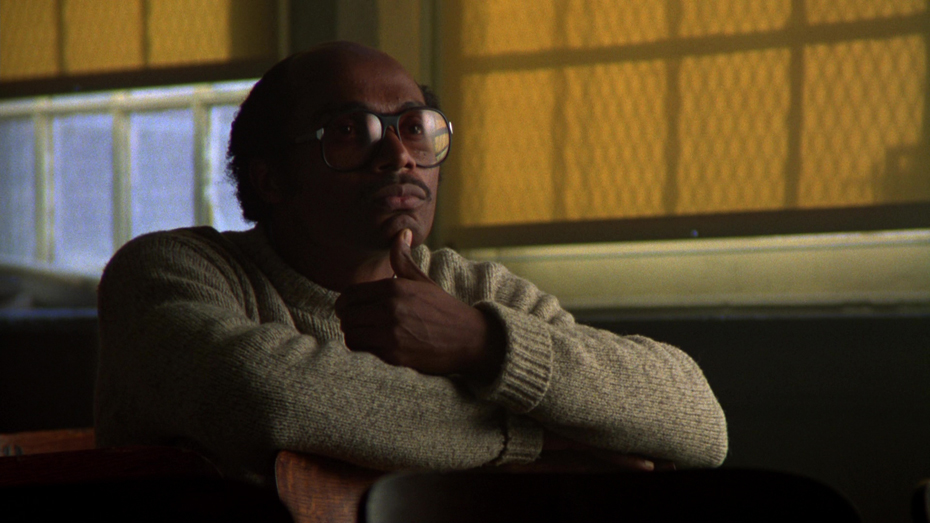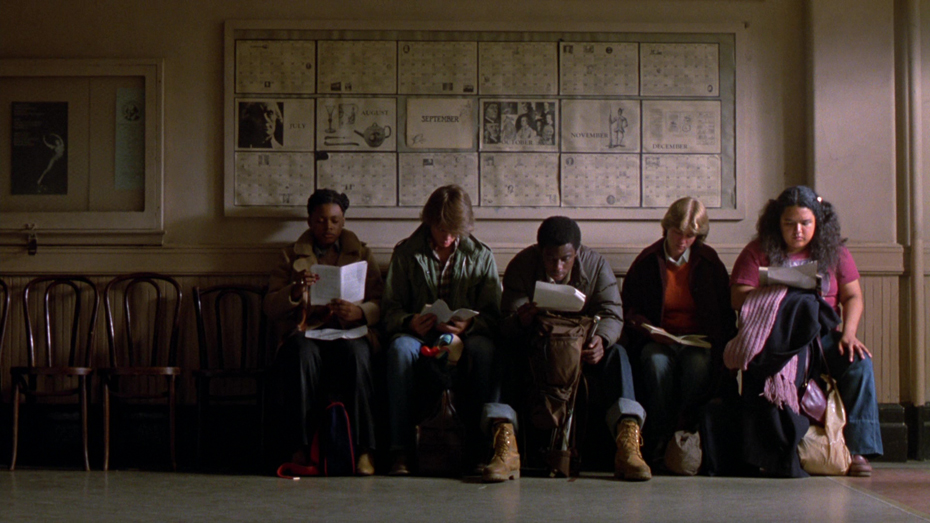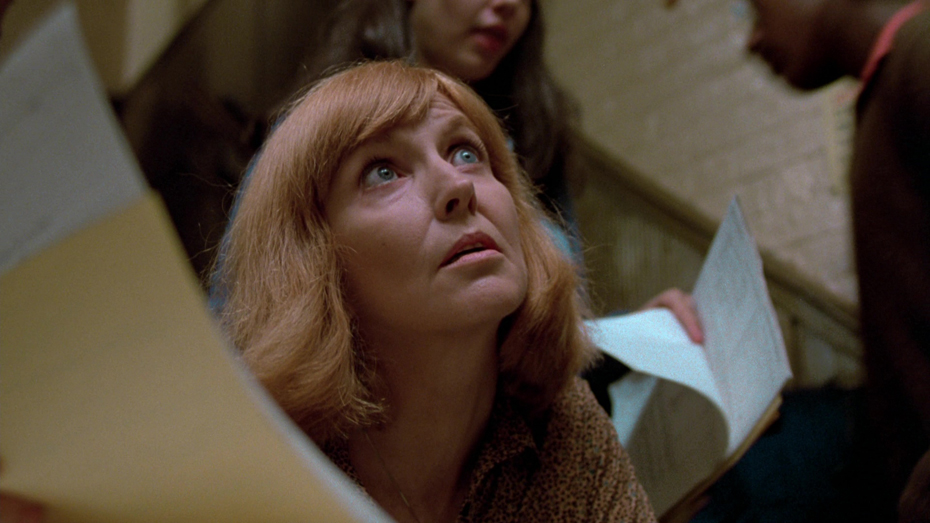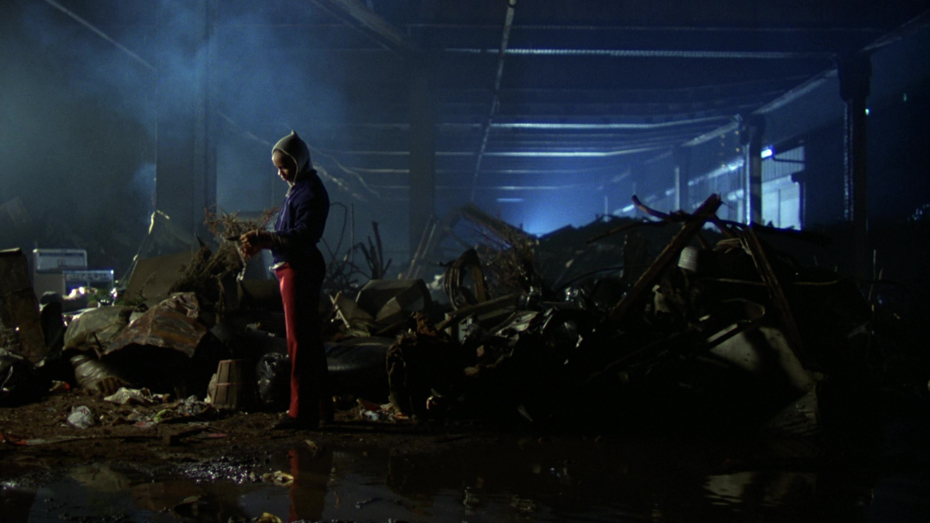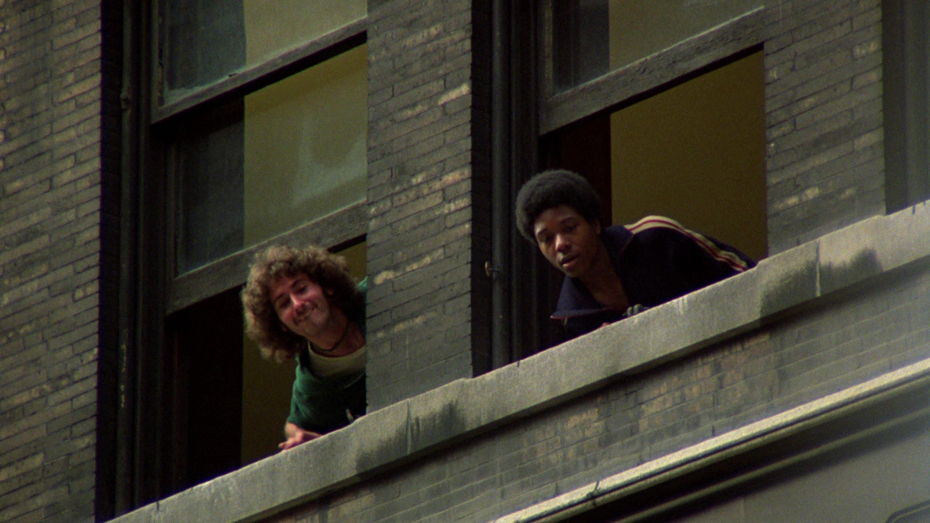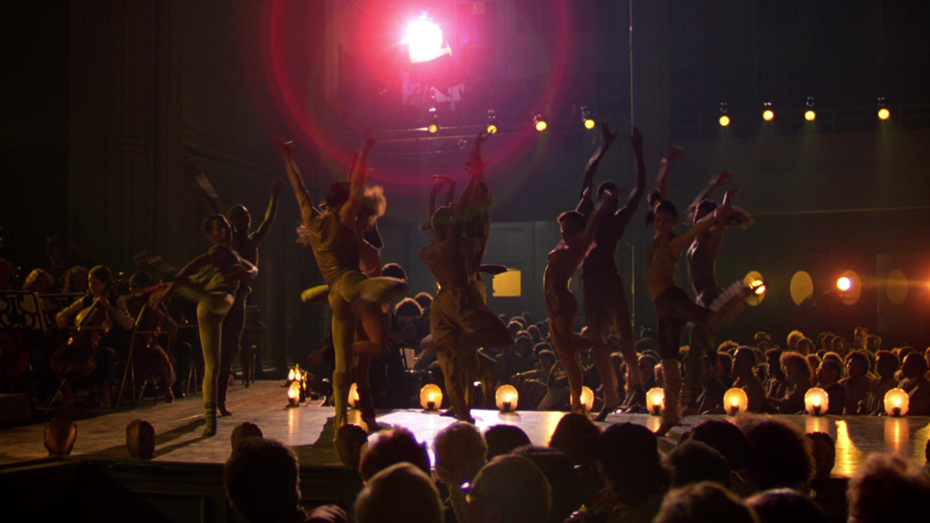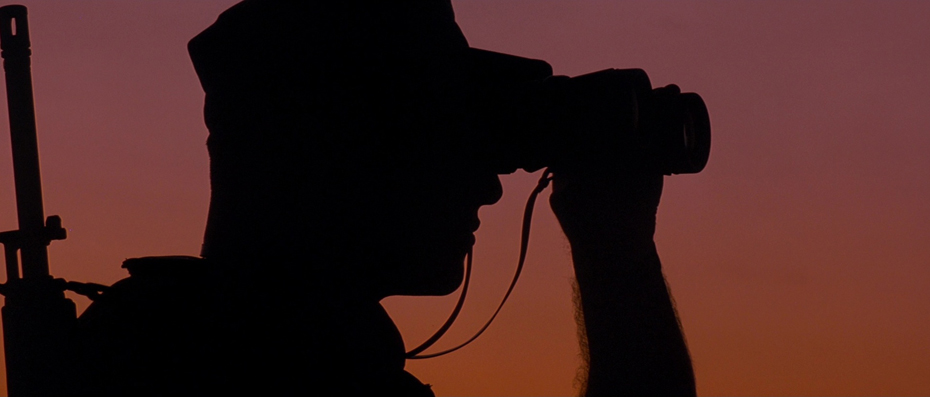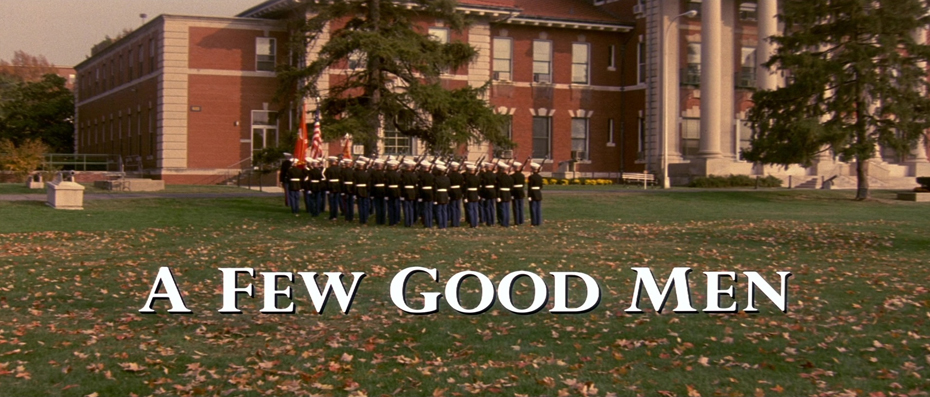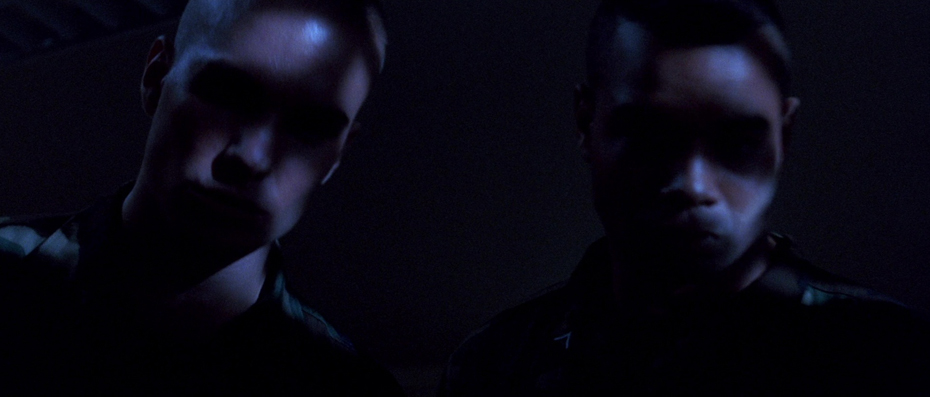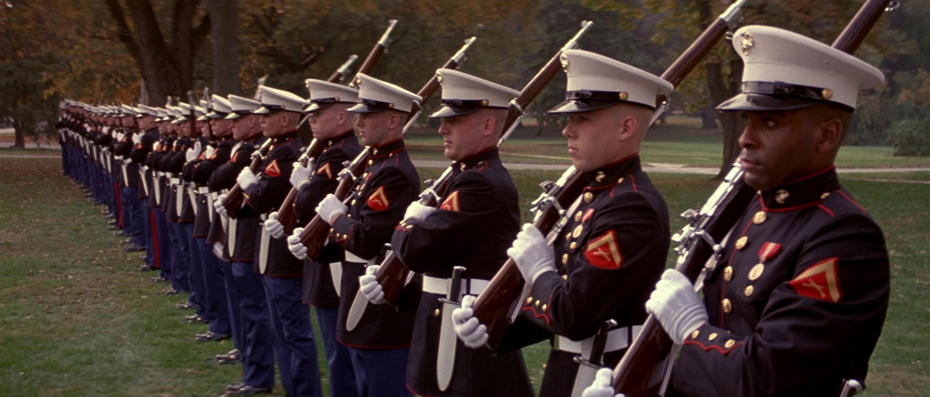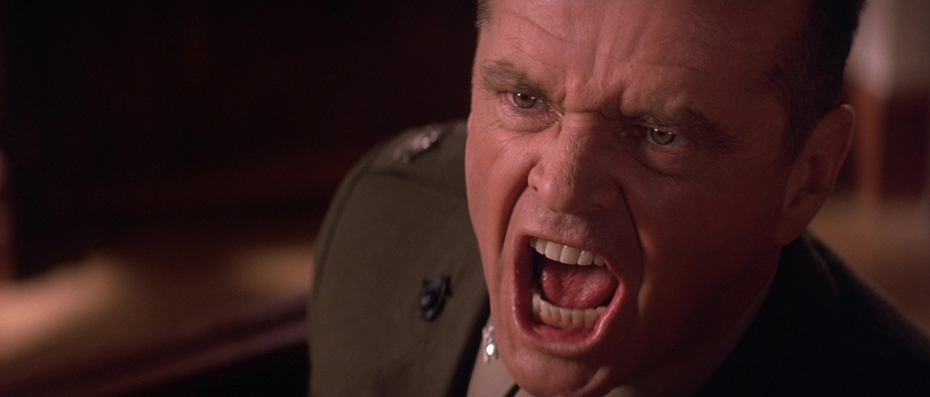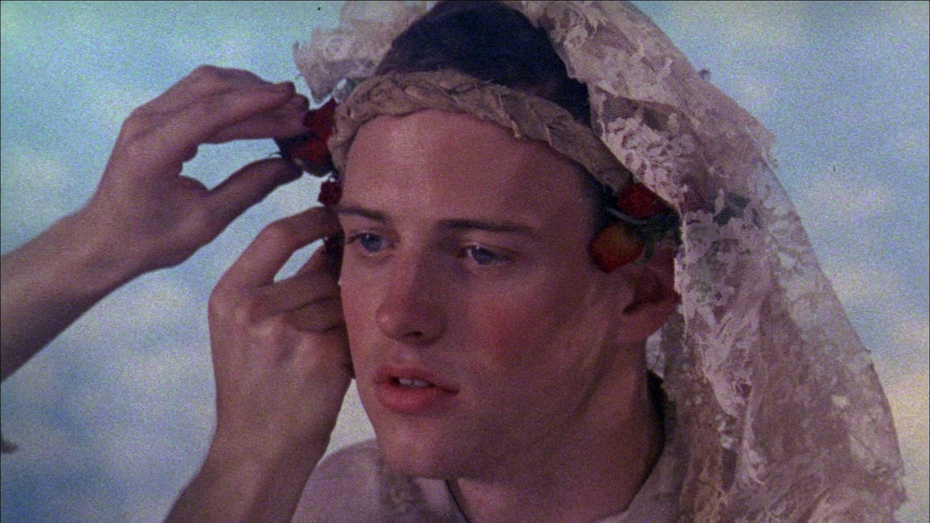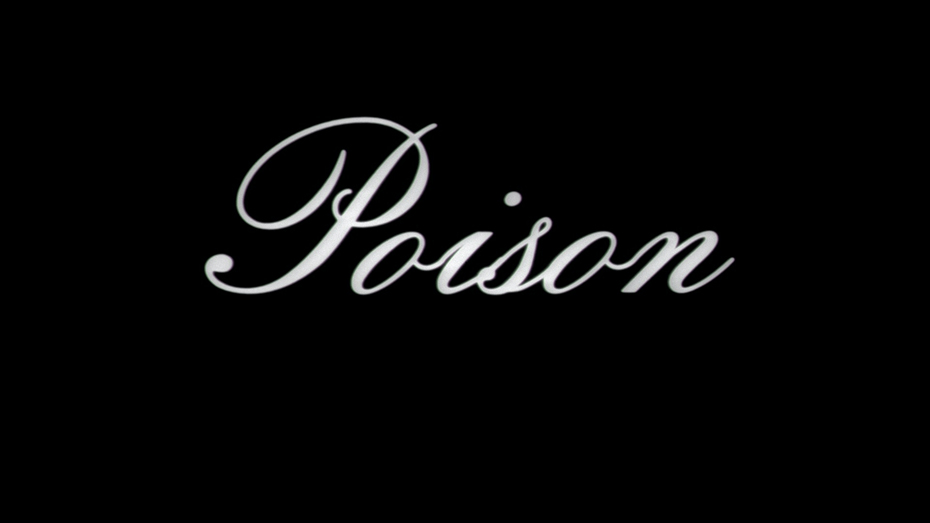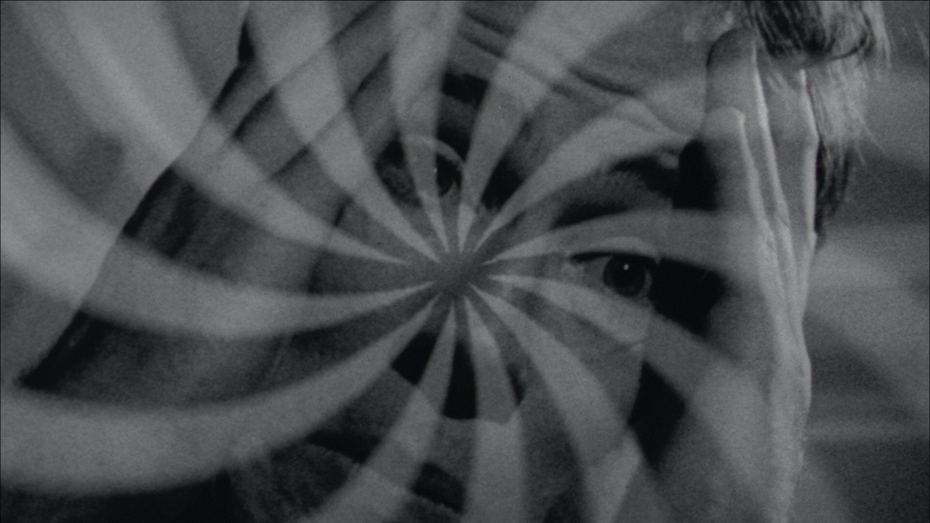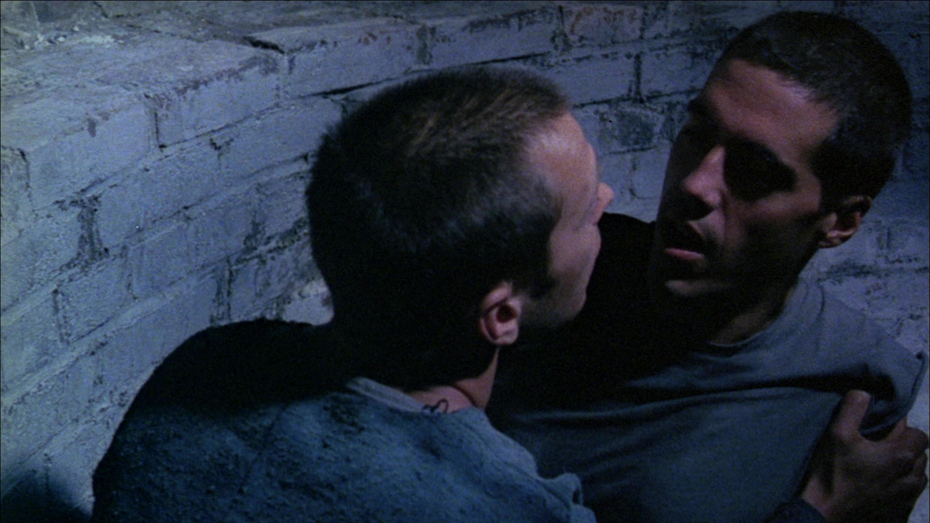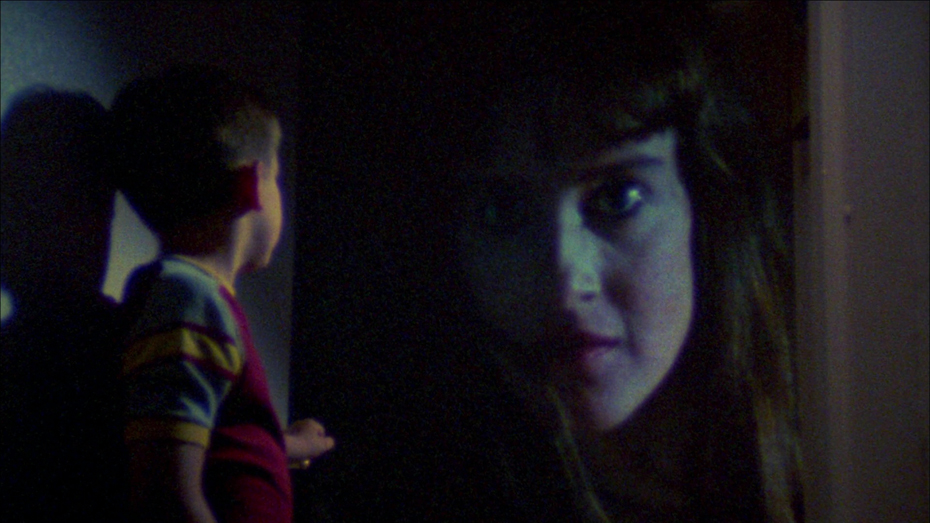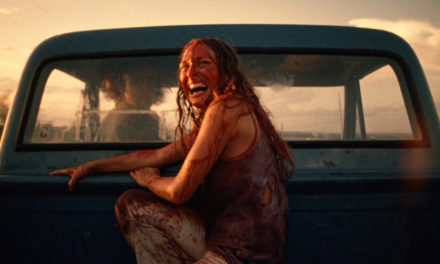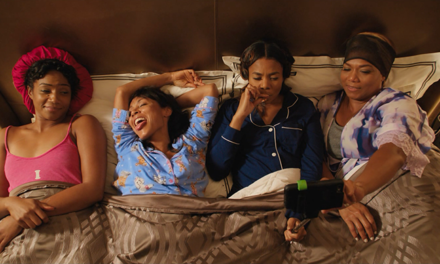THE TUESDAY DROP – 02/08
02.08.22 / New Shots
SOME KIND OF HEAVEN (2020)
SOME KIND OF HEAVEN is a 2020 American documentary film directed by Lance Oppenheim in his feature directorial debut. The film focuses on four residents living in The Villages, Florida, the world’s largest retirement community. Some Kind of Heaven was produced by Darren Aronofsky and premiered at the 2020 Sundance Film Festival’s NEXT screening. Oppenheim developed the project as an undergraduate at Harvard University, before expanding the project as an investigation of why “thousands of retirees were moving across the country, isolating themselves in a Truman Show-like bubble world that reminded them of their youth”. Oppenheim worked on the project with cinematographer David Bolen, who he had a friendship with since their high school days.
The pair decided to shoot the film in a 4:3 aspect ratio using the Alexa Mini with Angenieux Optimo 16-40mm and 30-76mm zoom lenses, as well as a Fujinon Servo zoom for stylized slow zoom shots, and a Zeiss Superspeed 35mm lens for night sequences. Influenced by Larry Sulton’s Pictures from Home photographs, and Todd Haynes’ film Safe, Bolen and Oppenheim set out to capture the stylized lives of their subjects. However, shooting began in a far more naturalistic way, shooting largely hand-held in a 16×9 aspect ratio. Bolen felt that the footage captured at the time was not working at all, and it was not until he added 4:3 bars to the footage in DaVinci Resolve that they arrived at their approach of shooting entirely on a tripod in this aspect ratio, allowing them to capture the sense of nostalgia that their subjects were aiming for living in this “good old days” fantasyland.
A CLOCKWORK ORANGE (1971)
Stanley Kubrick’s 1971 dystopian crime film A CLOCKWORK ORANGE is based on Anthony Burgess’s 1962 novel of the same name, and stars Malcolm McDowell as Alex, a juvenile delinquent who, along with his “Droogs”, spends his nights getting high and committing “ultraviolence” until he is jailed for murder. Alex submits to behavioral modification to earn his freedom, and as a result, becomes the victim to his prior victims. A Clockwork Orange was nominated for Best Picture, Best Director, Best Adapted Screenplay and Best Editing at the Academy Awards. Although it was initially met with polarizing opinions due to its graphic violence, it is now considered one of the most important of Kubrick’s filmography, and in 2020 was selected for preservation in the United States National Film Registry by the Library of Congress.
Kubrick worked on the film with cinematographer and longtime collaborator John Alcott. Kubrick and Alcott wanted a cold, stark look for the film, and to separate the three distinct segments of the film with three different approaches to camera and color. The initial segment chronicling Alex’s “ultraviolence” was shot with bright colors, high-key lighting, fluid zooms and dolly shots to show his exuberance when hurting others. His time in prison and being mentally tortured and reprogrammed was shot with cool colors and more flat lighting, as well as longer takes and more subtle camera moves that created a sombre, clinical atmosphere. The final segment of the film returned to the camera approach of the first, but instead with flatter lighting and desaturated colors to show Alex’s mental state. Alcott and Kubrick worked with Ed DiGiulio, president of LA’s Cinema Products Corporation, to design a speciality joystick control to operate the zoom lenses, as well as a 16mm 20:1 zoom lens with a 1.6x extender attached that would cover the 35mm format and allow for the extent of zooming Kubrick wanted, without losing more than a stop and a half of speed.
MO’ BETTER BLUES (1990)
Spike Lee’s 1990 musical comedy-drama MO’ BETTER BLUES stars Denzel Washington as jazz trumpeter Bleek Gilliam, during a period of his life where a series of bad decisions jeopardize both his relationships and his music career. The film was the first collaboration between Washington and Lee, who also starred in the film alongside Wesley Snipes. Lee worked on Mo’ Better Blues with cinematographer Ernest Dickerson. Dickerson and Lee were classmates at NYU’s Graduate Film School, and had worked on all of Lee’s previous feature films. For Mo’ Better Blues, the pair set out to capture the feeling of jazz in the film’s visual language, as well as to move away from stereotypes of portraying the life of a jazz musician as being seedy and degenerate.
Dickerson and Lee wanted the shooting of the film to feel like jazz, and as a result, moved away from their previous working style of extensively storyboarding and shot-listing the movie. On Mo’ Better Blues, Dickerson had a shot list to give scenes a visual structure, but that structure was used to then have the freedom to improvise, and allow the music to dictate where the camera went. Using a combination of Louma crane, Steadicam and hand-held camerawork, Lee and Dickerson aimed to create a visual language that would put you in the heart of the action. To accommodate the extensive movement, Dickerson also created lighting plans that would light spaces rather than individuals, such as in the club scenes, which were influenced by photography of jazz musicians on “Jazz Alley” of Manhattan’s 53rd Street in the 1940s.
EMMA. (2020)
EMMA. is a 2020 period romantic comedy directed by Autumn de Wilde and written by Eleanor Catton, based on Jane Austen’s 1815 novel of the same name. The film stars Anya Taylor-Joy as Emma Woodhouse, a young woman who spends her time matchmaking for her friends and family. The film also stars Johnny Flynn, Mia Goth, Miranda Hart and Bill Nighy, and was nominated for Academy Awards in the Best Costume Design and Best Makeup and Hairstyling categories. De Wilde worked on Emma. with American cinematographer Christopher Blauvert, who was known at the time for his work on films such as Certain Women, Mid90s and First Cow.
While Emma. was the pair’s first feature collaboration (and de Wilde’s debut feature film), they had met working on a music video for Elliot Smith. Blauvert shot Emma. using the ARRI Alexa LF with ARRI Signature Prime lenses, after working with the same setup for Gus Van Sant’s Don’t Worry, He Won’t Get Far on Foot. Blauvert liked this setup’s softness and treatment of skin, as well as its ability to capture the grandeur of the setting of Emma. Working with DIT Rob Pizzey, Blauvert created distinct looks for day and night interiors and exteriors, creating a vibrant, contemporary palette that gave this period film a present-day edge.
FAST & FURIOUS PRESENTS: HOBBS & SHAW is a 2019 action film directed by David Leitch and written by Chris Morgan and Drew Pearce. It is a spin-off of the Fast & Furious franchise set after the events of The Fate of the Furious (the eighth film in the franchise). The film stars Dwayne Johnson as Luke Hobbs and Jason Statham as Deckard Shaw, as they team up with Shaw’s sister (Vanessa Kirby) to battle a cybernetically enhanced terrorist (Idris Elba) who is threatening the world with a deadly virus. Leitch worked on the film with Israeli cinematographer Jonathan Sela. The pair had previously collaborated on Atomic Blonde and Deadpool 2.
Sela shot Hobbs & Shaw on both the Arri Alexa SXT and Alexa Mini using Hawk Class-X anamorphic lenses. Leitch started his career in the film industry as a stunt performer, as well as a second unit and action director, and relied on his know-how of the realities of a production of this scale to help the cast and crew get through the production on schedule and under budget. He and Sela also had a close working relationship with the VFX team to ensure that they struck the right balance between practical stunts and those done with CGI, especially given the film’s tight 22-week post-production timeline.
I AM CUBA (1964)
I AM CUBA is a 1964 anthology drama directed by Mikhail Kalatozov. The film is set in Havana and explores different stories in and around the 1959 Cuban revolution. I Am Cuba was an international co-production between Cuba and the Soviet Union. The film was poorly received upon its release, and was almost lost before filmmakers such as Martin Scorsese began a campaign to restore it in the early 1990s. Kalatozov worked on the movie with Russian cinematographer Sergey Urusevsky. The pair aimed to build a bold visual language, driven by the motivation to create a lyrical and expressive film that was filled with long takes and a constantly roaming camera – to the point where some moves appeared to be physically impossible.
Many of the shots were filmed with extreme wide-angle lenses, and the camera would often pass extremely close to its subjects during long, flowing takes. Urusevsky also shot large sections of the film hand-held, in order to create more expressive images and give the audience a greater sense of immediacy in the scenes. Due to the complicated shots planned throughout the film and the prevalence of hand-held work, Urusevksy shot with a small camera that had a 400 foot film capacity (though 2 cranes were brought to Cuba from Russia for the shoot). The entire film was shot MOS and dialogue was post-synched in order to allow the team to focus on the film’s visual language. The film’s extravagant final shot where the camera moves from the street along the side of a building, then through a room and out the window, was shot using two cables and a magnet to attach the camera at the end of the shot’s hand-held portion. Shot over the course of two years, I Am Cuba is now considered one of the most inventive and visually bold films in history, and is one of the most influential of its era.
MCCABE & MRS. MILLER (1971)
MCCABE & MRS. MILLER is a 1971 American Revisionist Western directed by Robert Altman and starring Warren Beatty and Julie Christie. The film follows John McCabe (Beatty), a gambler who decides to open a brothel in a mining community, alongside Constance Miller (Christie). The film is based on the 1959 novel McCabe by Edmund Naughton, and was nominated in the Best Actress category for Christie at the Academy Awards. McCabe & Mrs. Miller was selected for preservation in the US National Film Registry by the Library of Congress in 2010, and is now considered one of the greatest westerns of all time. Altman worked on the film with Hungarian-American cinematographer Vilmos Zsigmond, in the pair’s first collaboration. Zsigmond and Altman agreed that they wanted the film to look like the late 1800s, at a time when movies were very faded, scratchy and grainy with little contrast. To accomplish this look, Zsigmond flashed the film negative (i.e. lightly exposing it before shooting), which made it hard to set exposure during filming and overall gave the film an underexposed look. Flashing film was a revolutionary technique at the time, and the studio financing the film hated it, so much so that Altman had to lie and blame the Vancouver-based lab for the look of the film in order to protect Zsigmond. The film has also become known for its use of zoom lenses, something that Altman insisted on. Zsigmond found a way of operating with the zoom lens that wouldn’t call as much attention to itself, combining it with pans and dollies to hide the change in focal length.
FAME (1980)
Alan Parker’s 1980 teen musical FAME chronicles the lives of students at New York City’s High School of Performing Arts (now known as Fiorello H. LaGuardia High School), tracking them from their auditions before freshman year through to the end of their time there. The film was nominated for Academy Awards in the Best Screenplay, Best Sound, Best Editing, Best Original Song and Best Original Score categories, winning for the latter two. The movie has gone on to spawn several television series, stage musicals and a 2009 remake. Fame was shot by New Zealander Michael Seresin. Seresin had previously worked with Parker on Bugsy Malone and Midnight Express.
Fame was shot for $8.5 million US in the summer of 1979 in New York City, and involved converting unused schools into sound stages reminiscent of those at the High School of Performing Arts, extensive Steadicam setups for dialogue scenes in the New York City subway, and grand sequences shot with hundreds of extras in the streets. Seresin and camera operator John Stanier approached the shoot with a European lighting sensibility of using a single source whenever possible. Unfamiliar with local union rules, Seresin manned the camera for several hours during the “Fame” dance sequence on 46th Street when Stanier had to leave to London for personal reasons, and the production was shut down by local IATSE members, who demanded that Seresin hired a local operator. Today, Fame is celebrated as being one of the most influential high school films and musicals of the 1980s, and has influenced dance films such as Flashdance, Footloose and Dirty Dancing, as well as influenced the creation of other performing arts high schools around the world.
A FEW GOOD MEN (1992)
A FEW GOOD MEN is a 1992 legal drama film directed by Rob Reiner and written by Aaron Sorkin, based on his 1989 play of the same name. The film stars Tom Cruise, Jack Nicholson, Demi Moore, Kevin Bacon, Kevin Pollak, JT Walsh, Cuba Gooding Jr., and Keifer Sutherland. It follows the court-martial of two US Marines charged with the murder of a fellow marine, and the lawyers who prepare a case to defend them. A Few Good Men grossed over $243 million from its $40 million budget, and was nominated for Academy Awards in the Best Picture, Best Supporting Actor, Best Editing and Best Sound Mixing categories.
Reiner worked on the film with American cinematographer Robert Richardson, who was best known at the time for his collaborations with Oliver Stone. Richardson shot A Few Good Men on 35mm film with Panavision cameras and lenses in a 2.39:1 aspect ratio in order to give the courtrooms in which much of the film takes place a sense of scale and grandeur. The movie’s lighting approach and look, with strong edge lights and soft 2:1 key:fill ratios, has become a touchstone for the contemporary courtroom drama, and has become one of the most notable inclusions in the genre in film history.
POISON (1991)
Todd Haynes’s 1991 debut feature, the sci-fi horror film POISON, follows three intercut stories partially inspired by the novels of Jean Genet. “Hero” is about a boy who kills his abusive father, told in the style of an episode of tabloid television.”Horror” is about a scientist who becomes a murderous leper after drinking the “elixir of human sexuality”, and is told in the style of mid-60s psychotropic horror films. “Homo” is the story of a prisoner who finds himself attracted to another male prisoner in jail. Poison premiered at the Sundance Film Festival, and has gone on to be considered an important early entry in the New Queer Cinema movement of the 1990s. Poison was shot by French DP Maryse Alberti, who took on the task of shooting these discreet stories with visual languages that reflected the particular tone of each. With Haynes’s and James Lyons’s fast-pased intercutting, the visual language of each story becomes a crucial touchstone for the audience to track the events of the film, but also as a way of critiquing and re-contextualizing queer stories in traditionally heteronormative genres.

